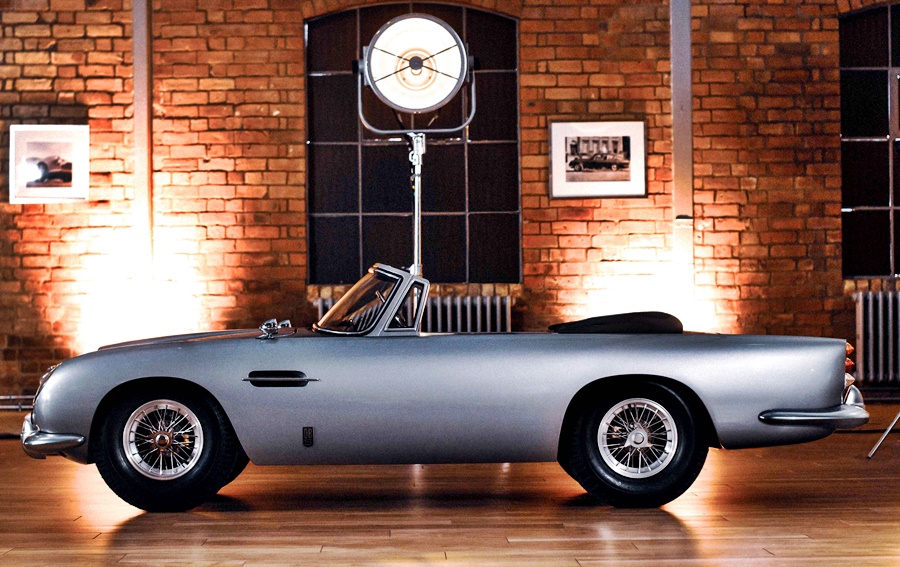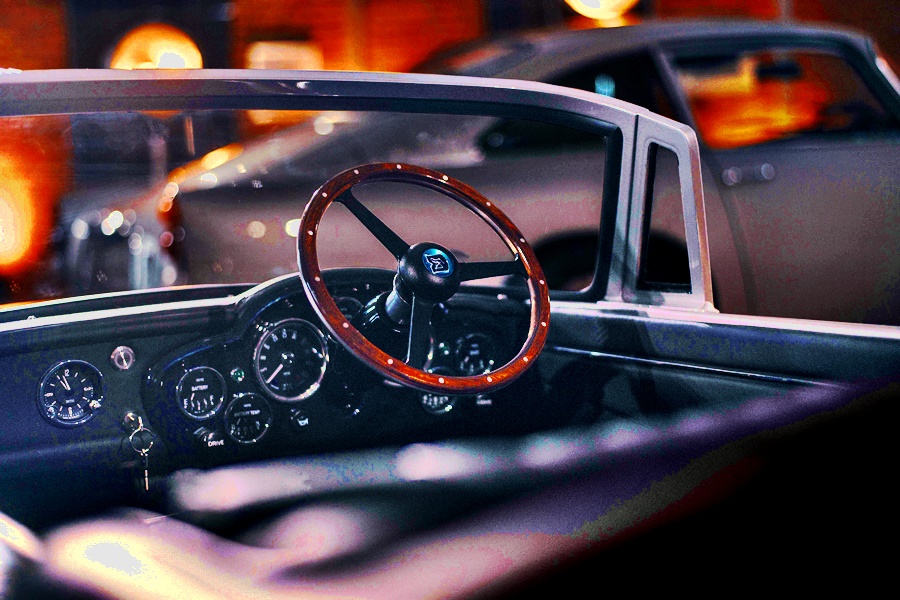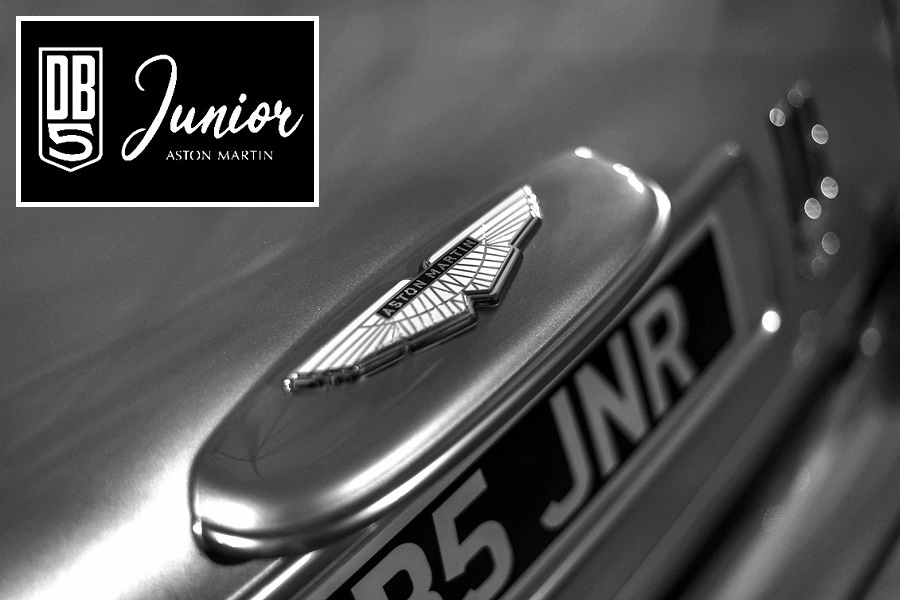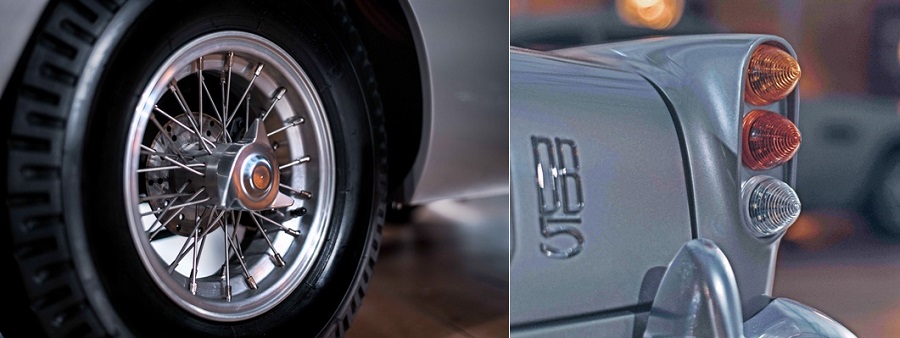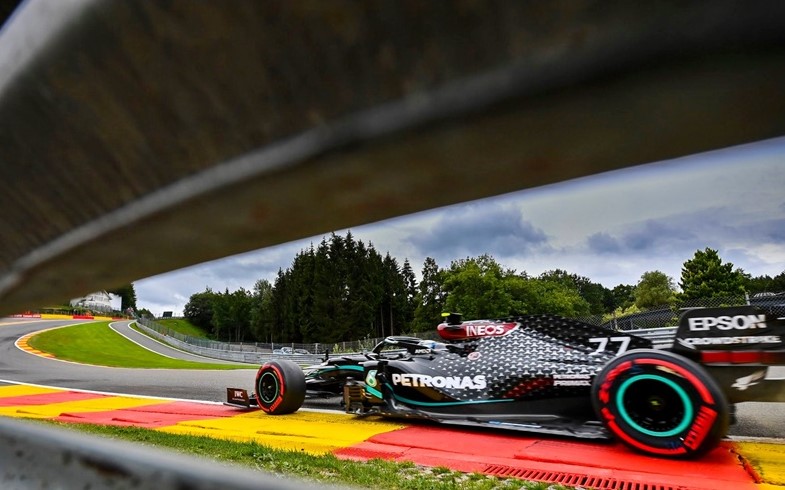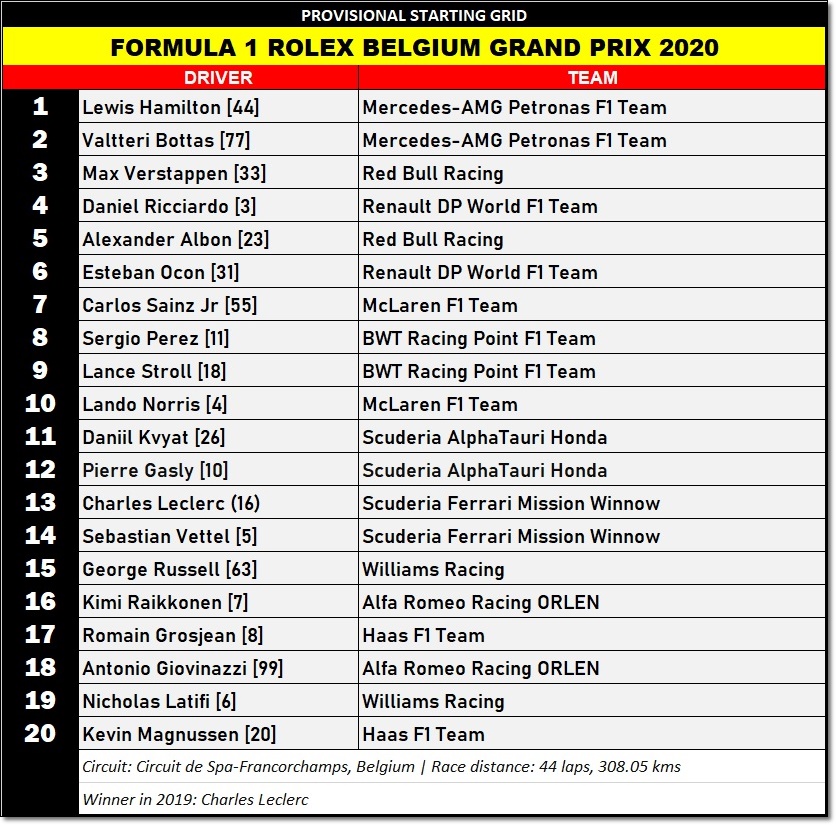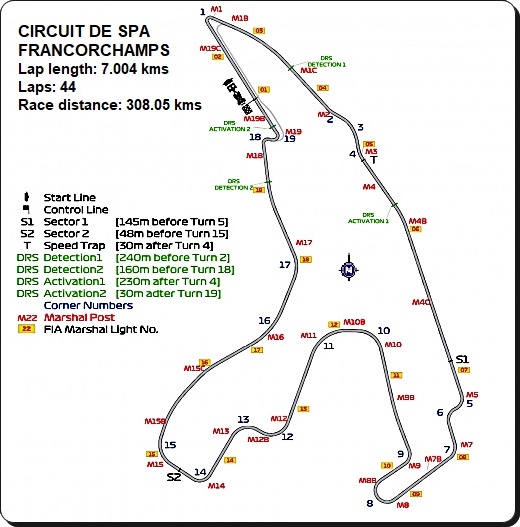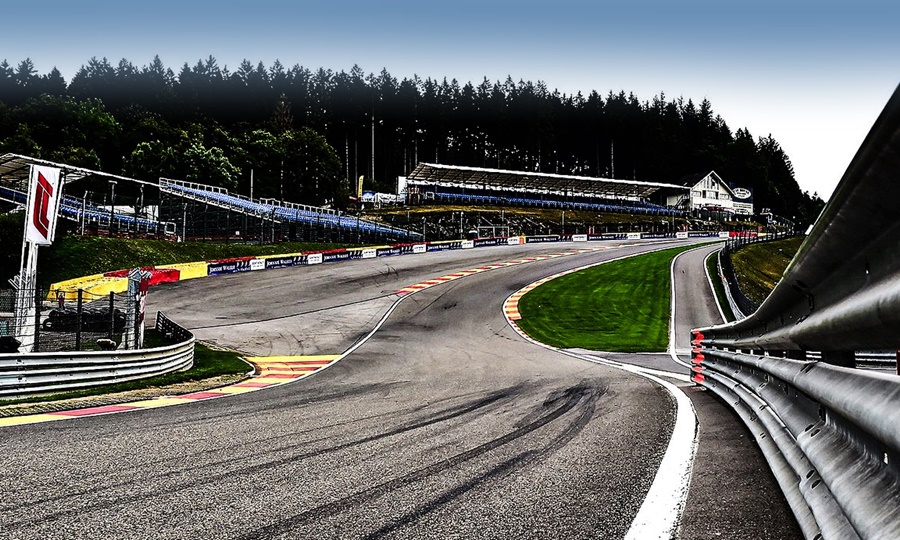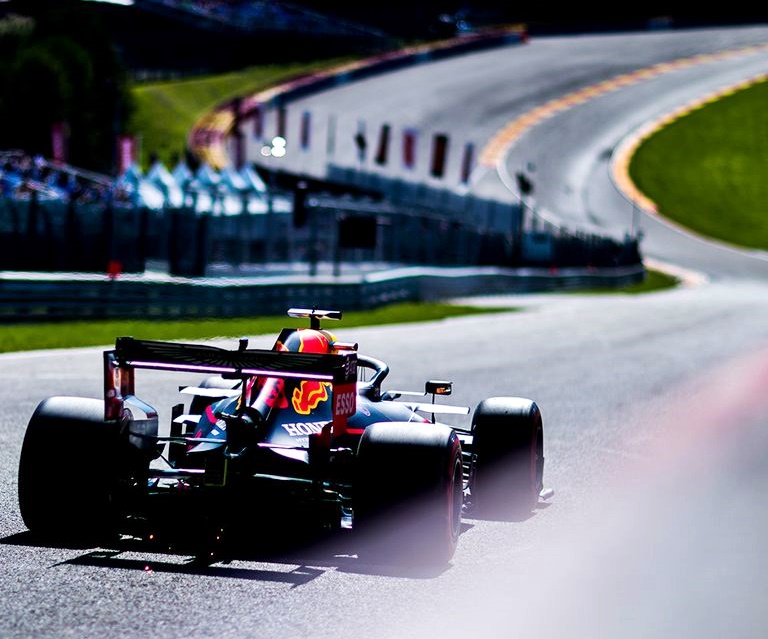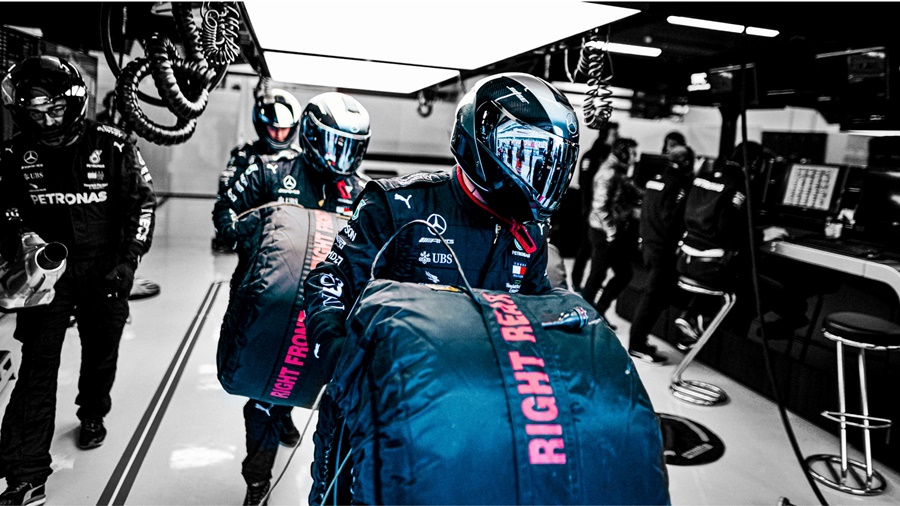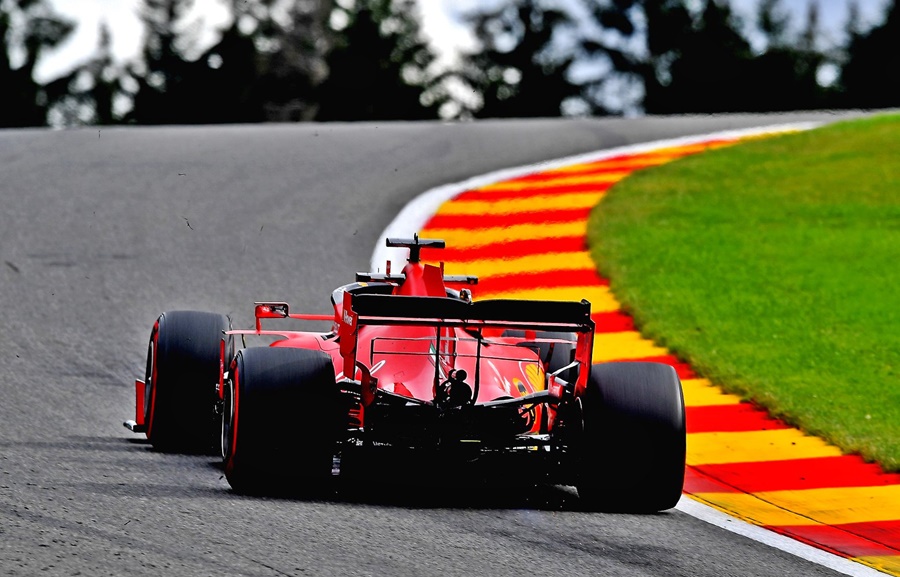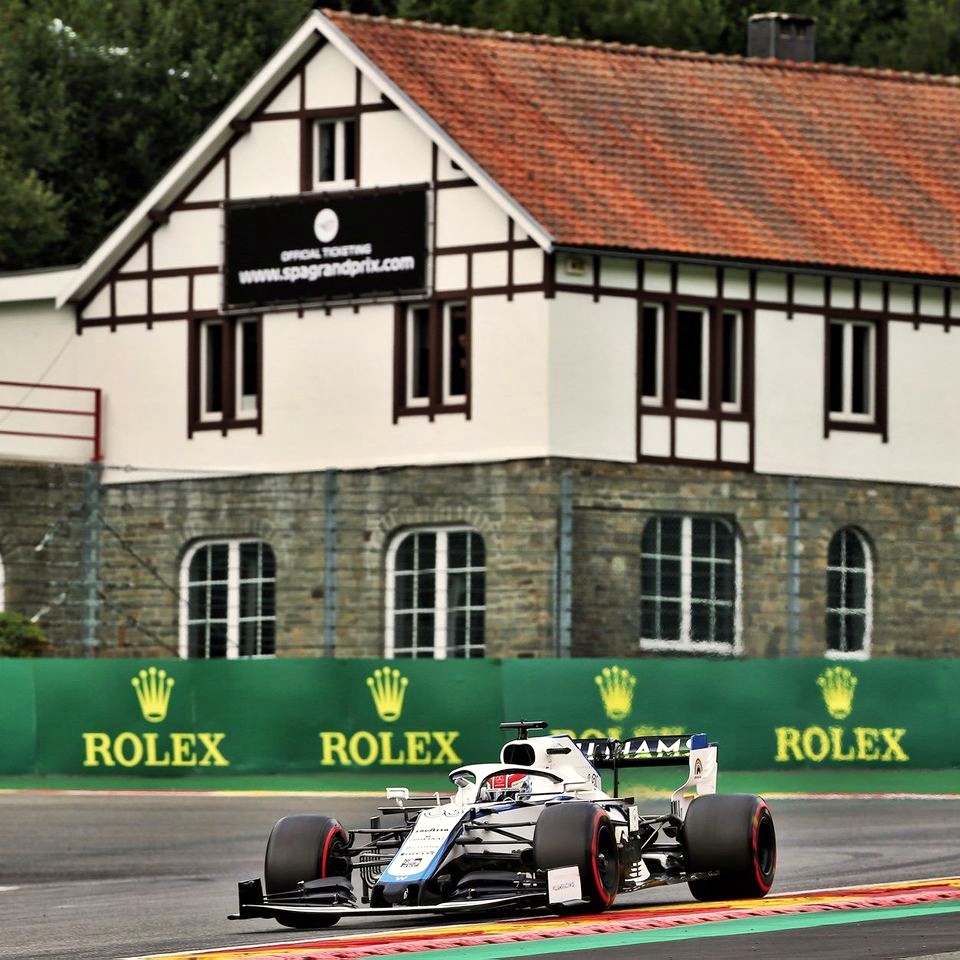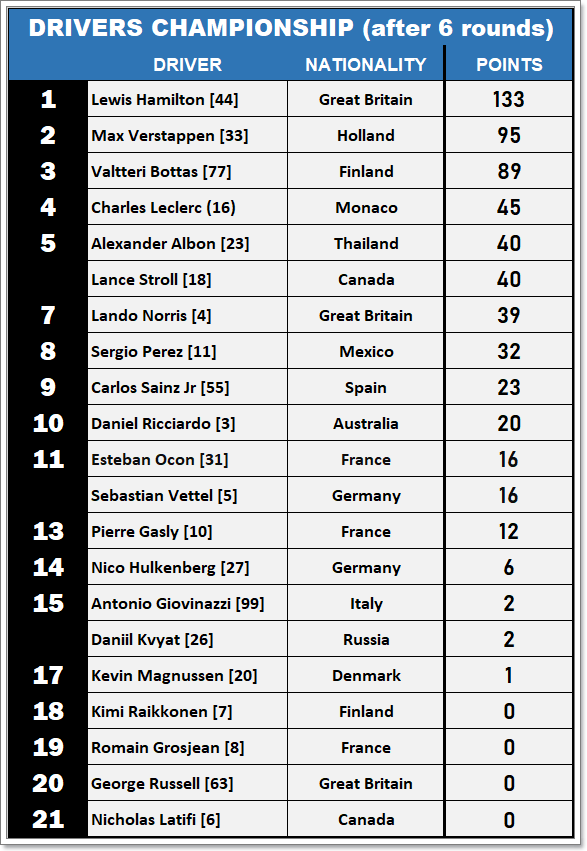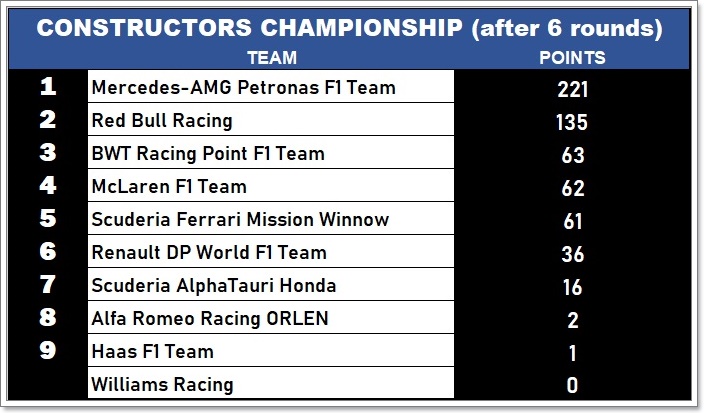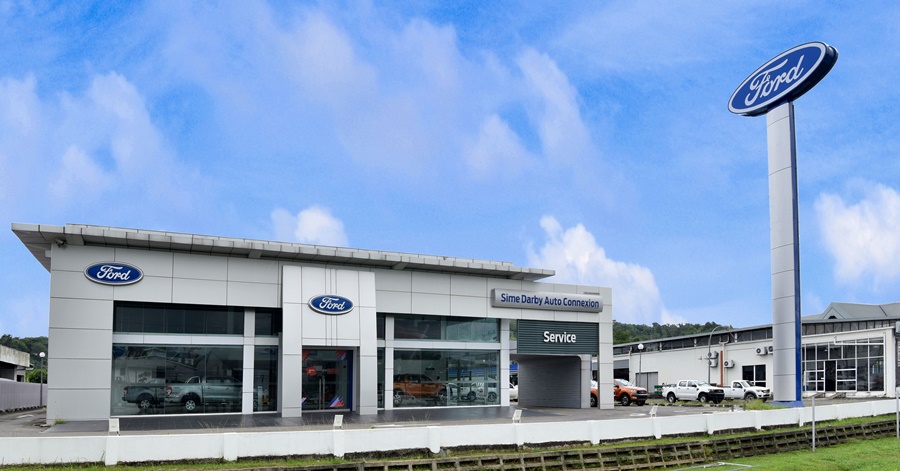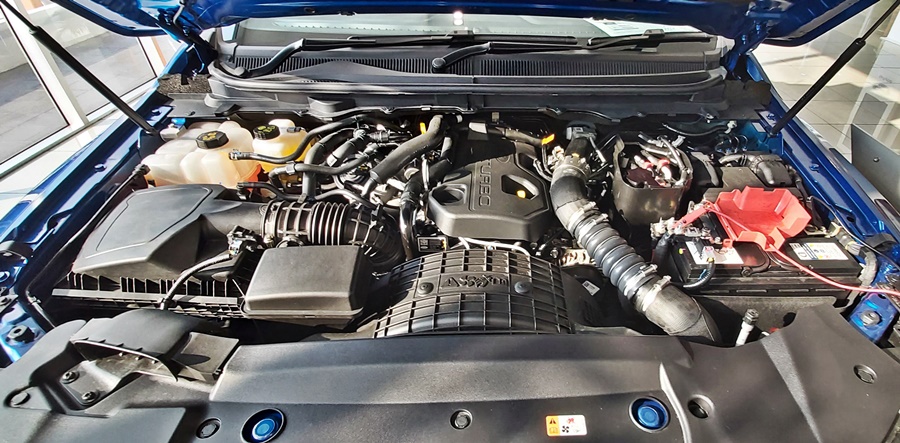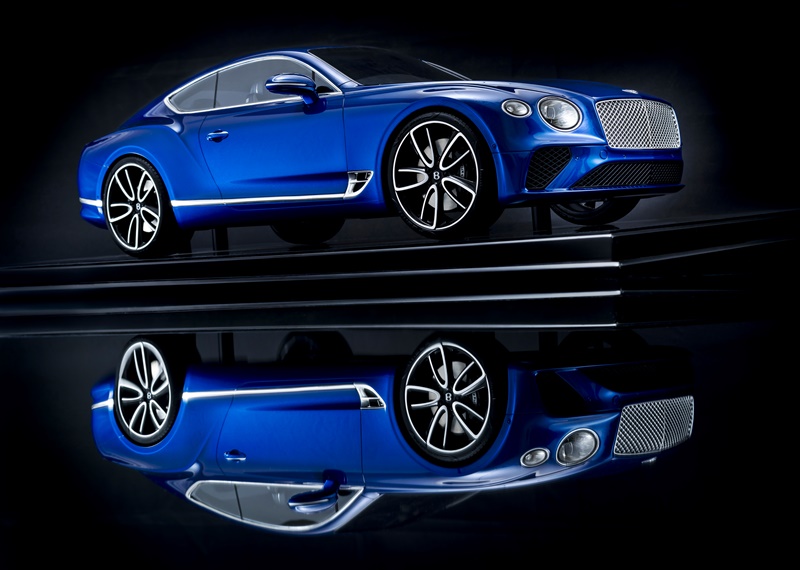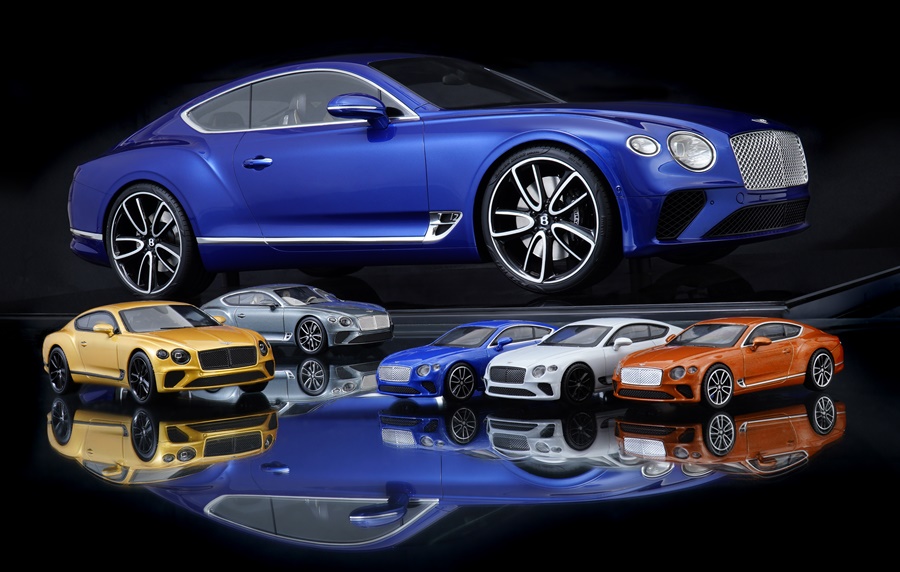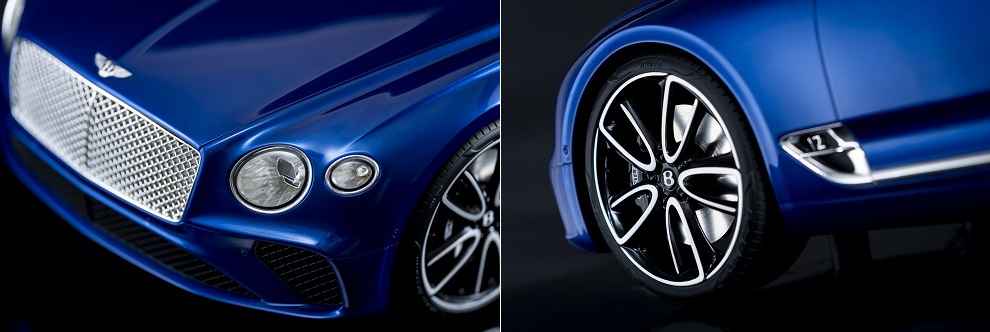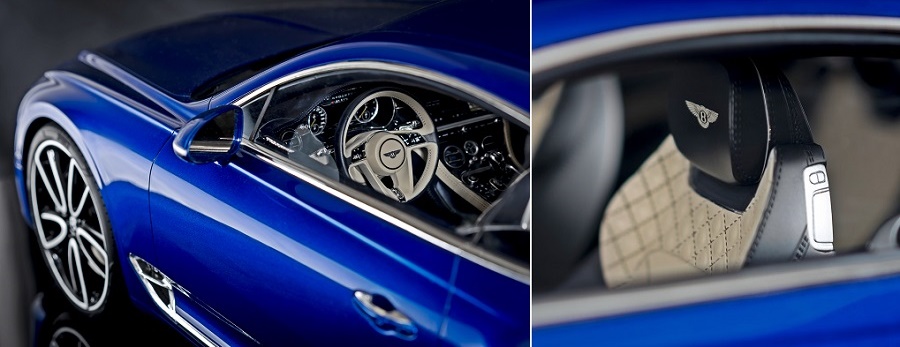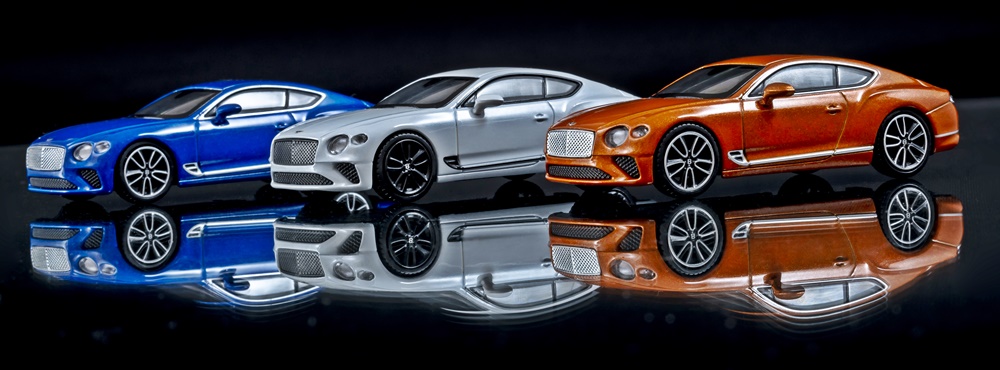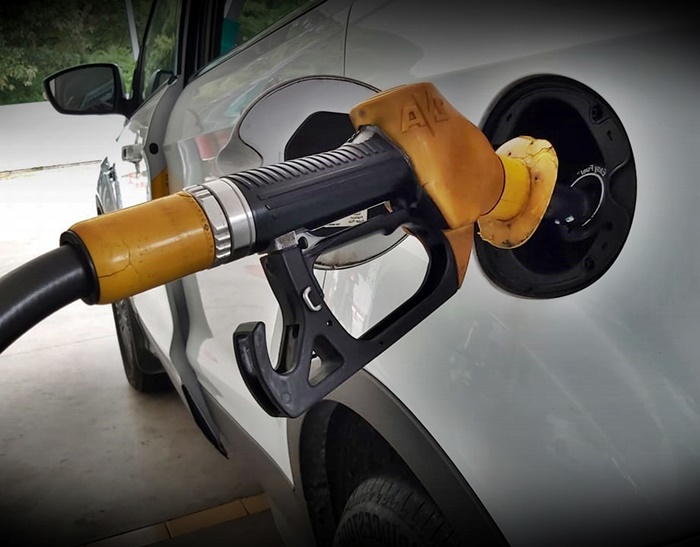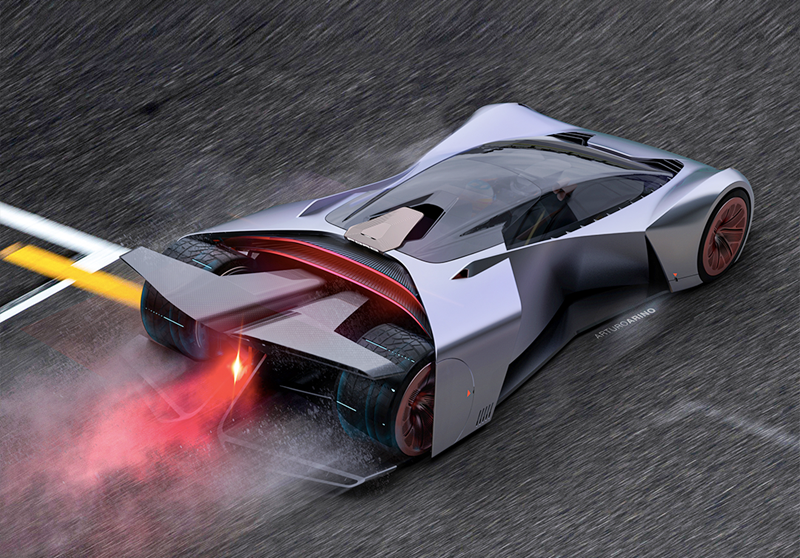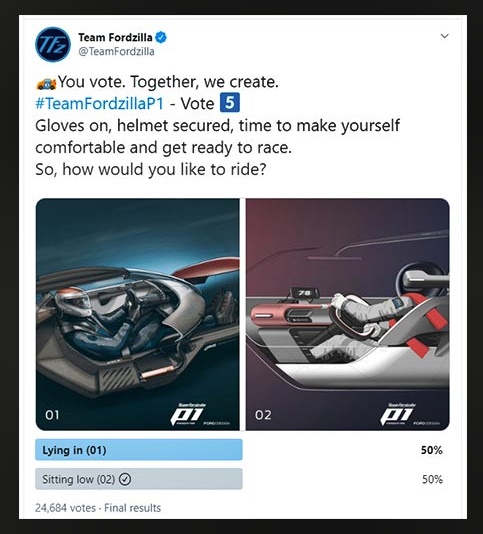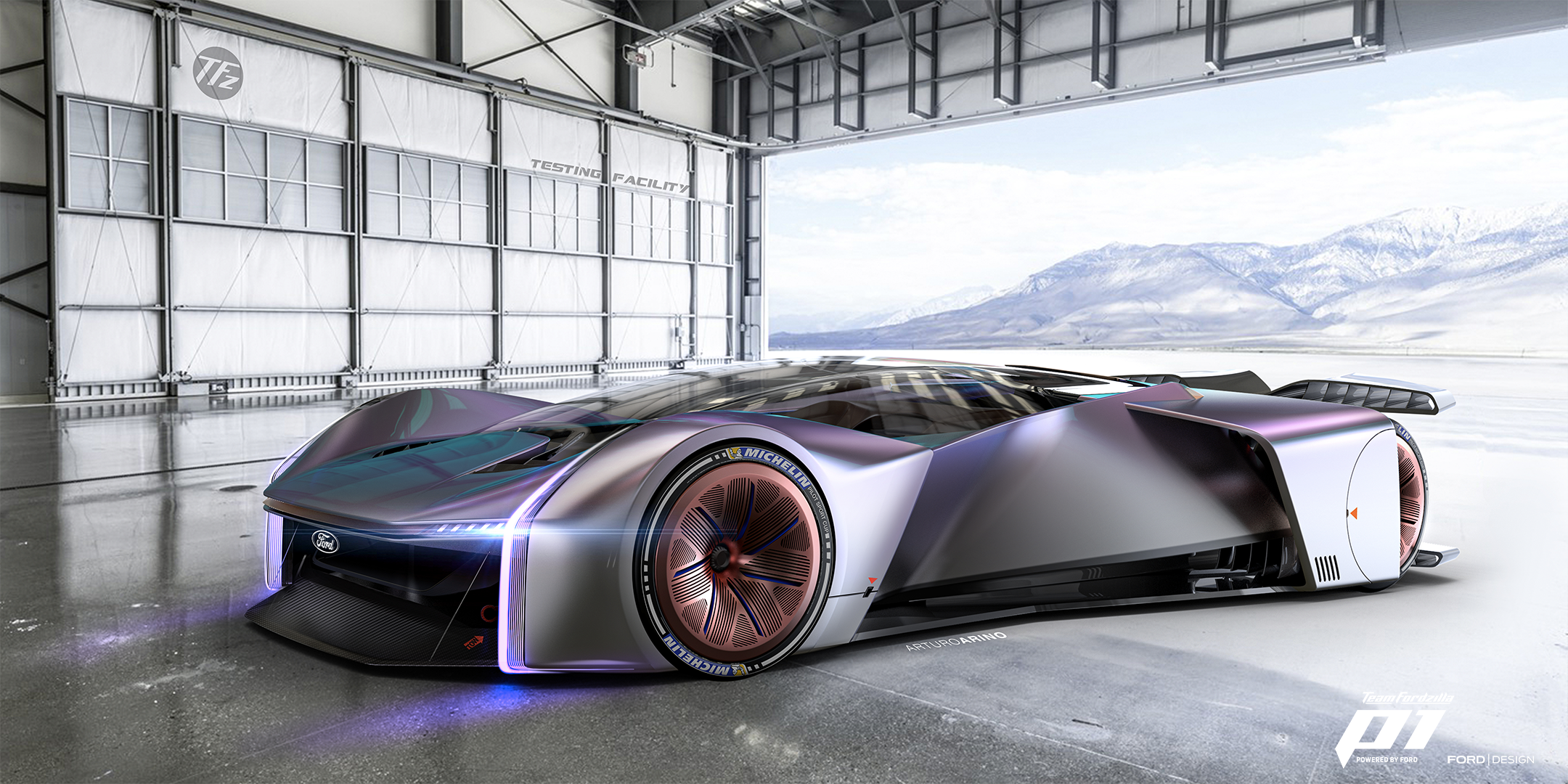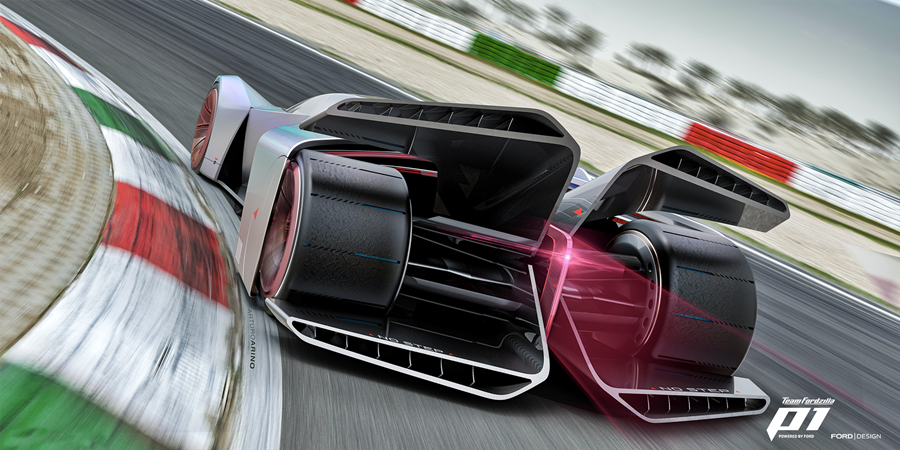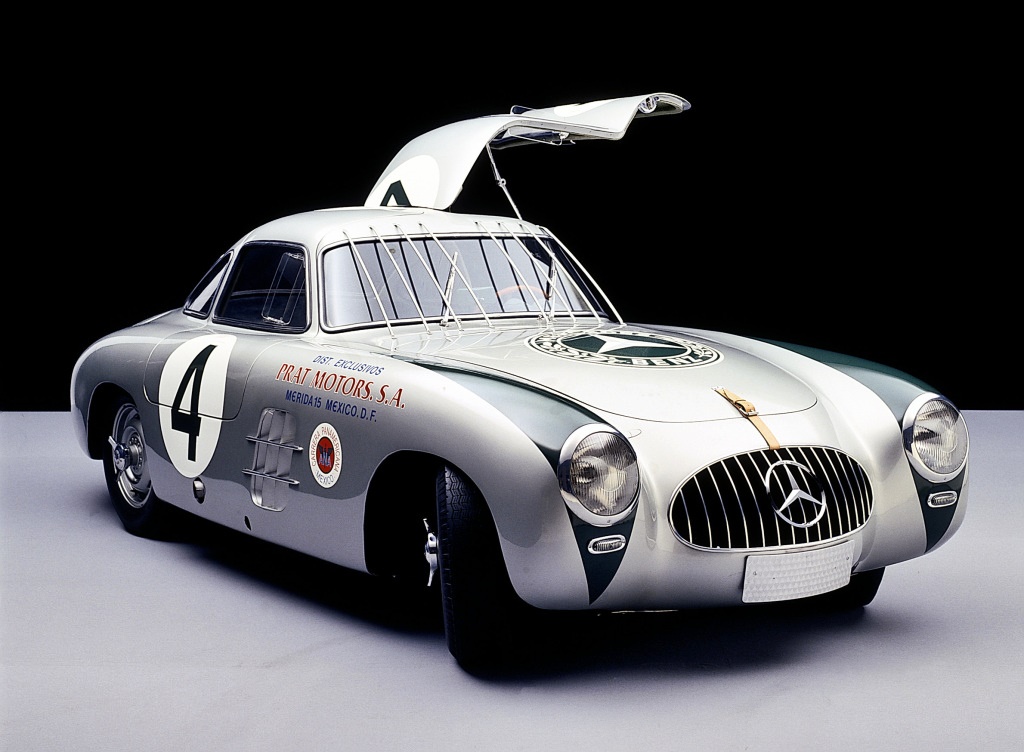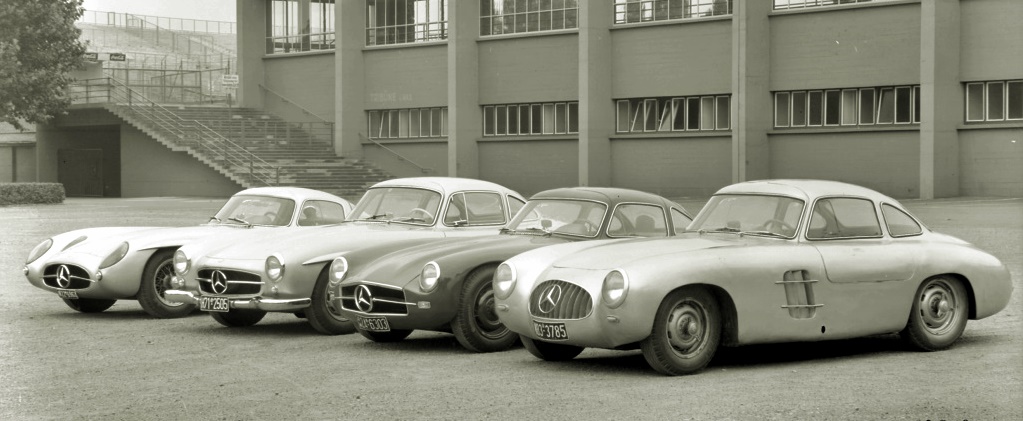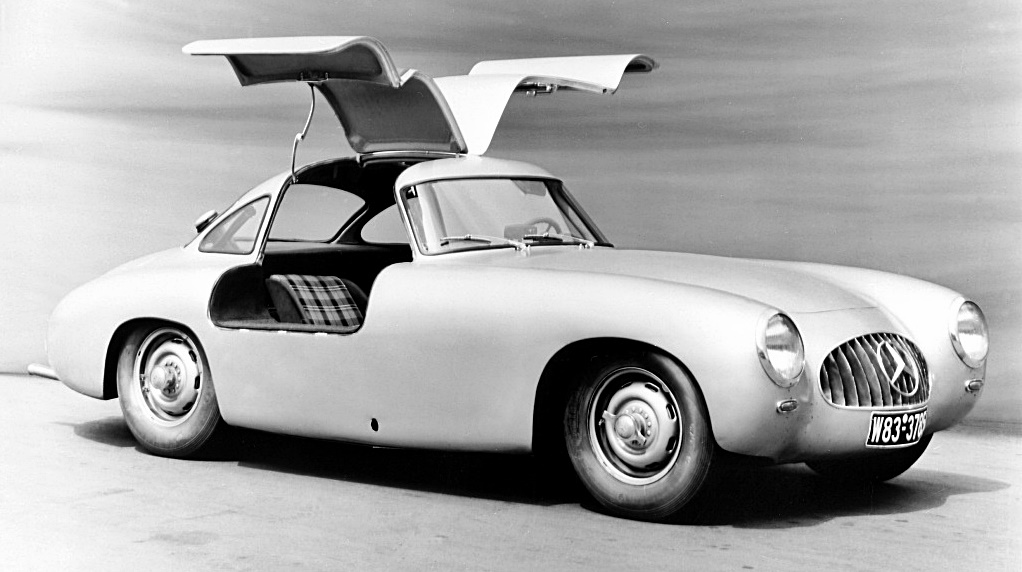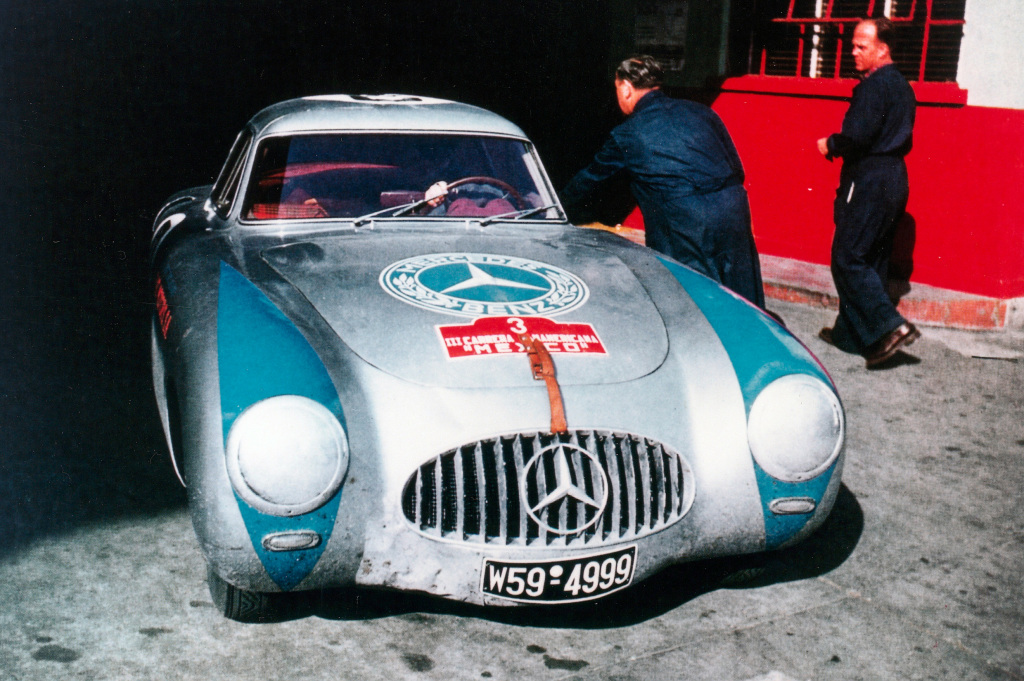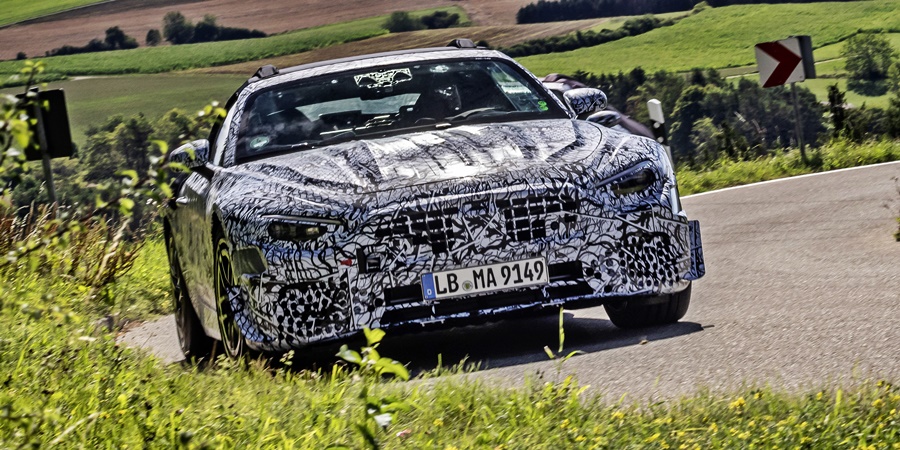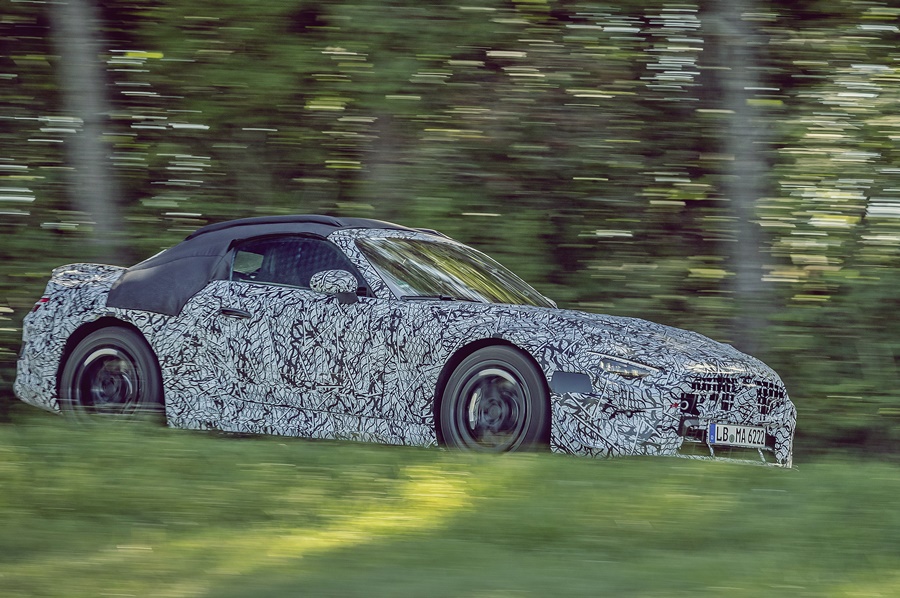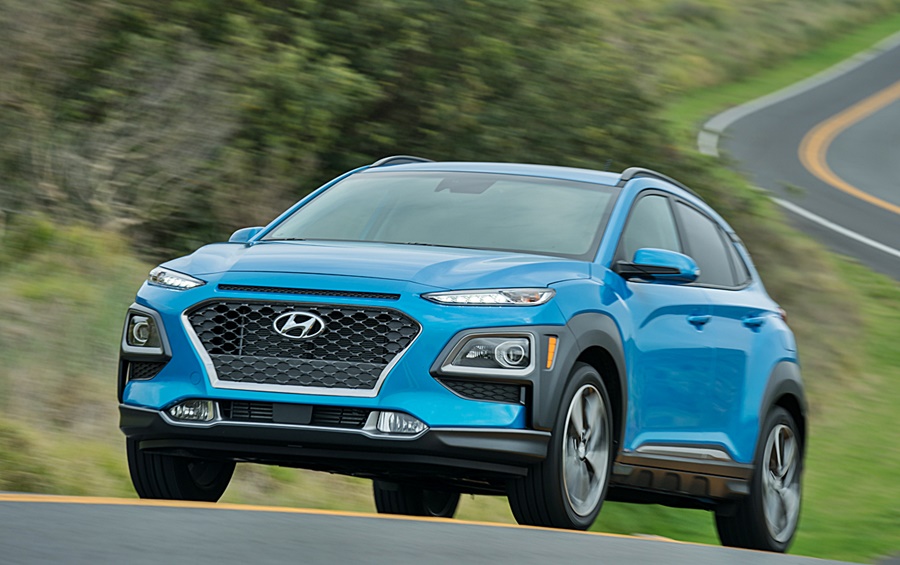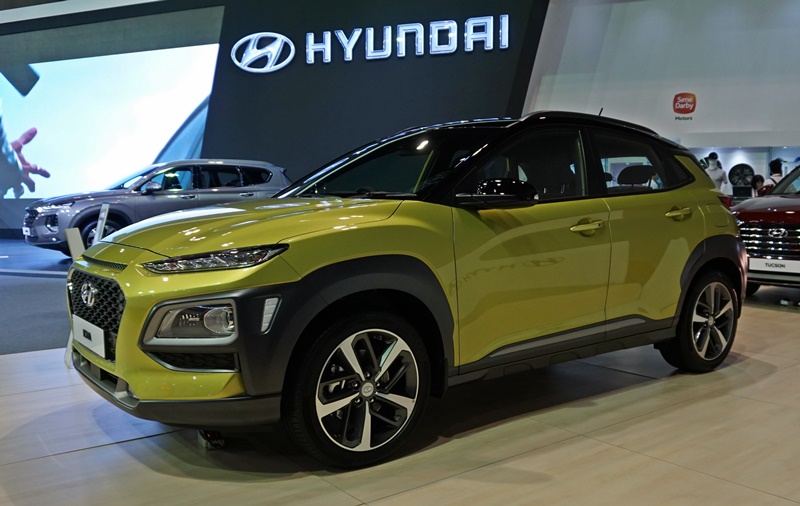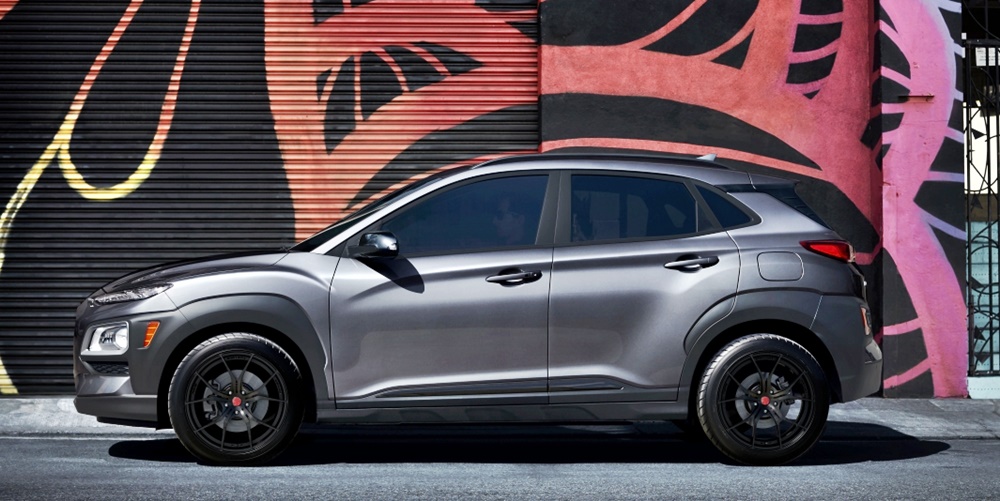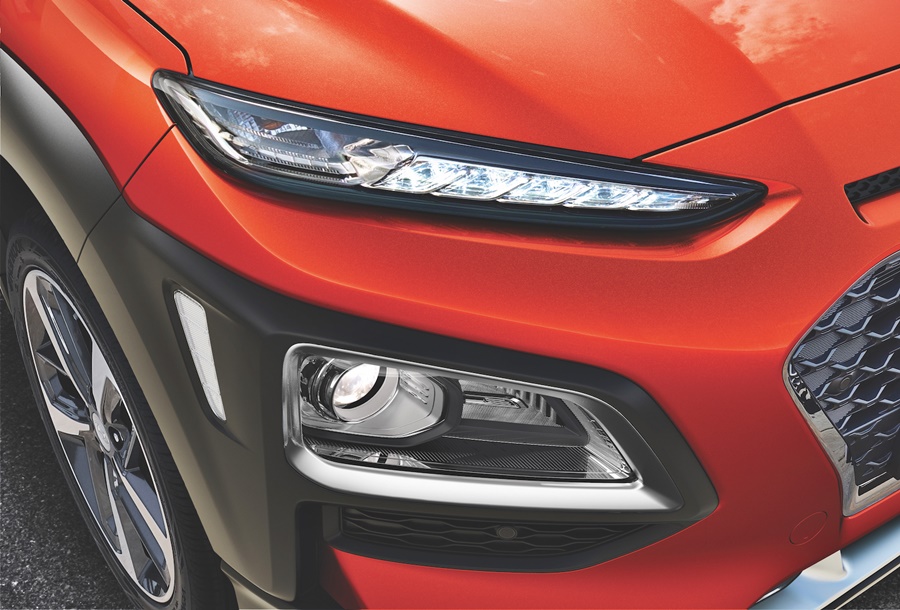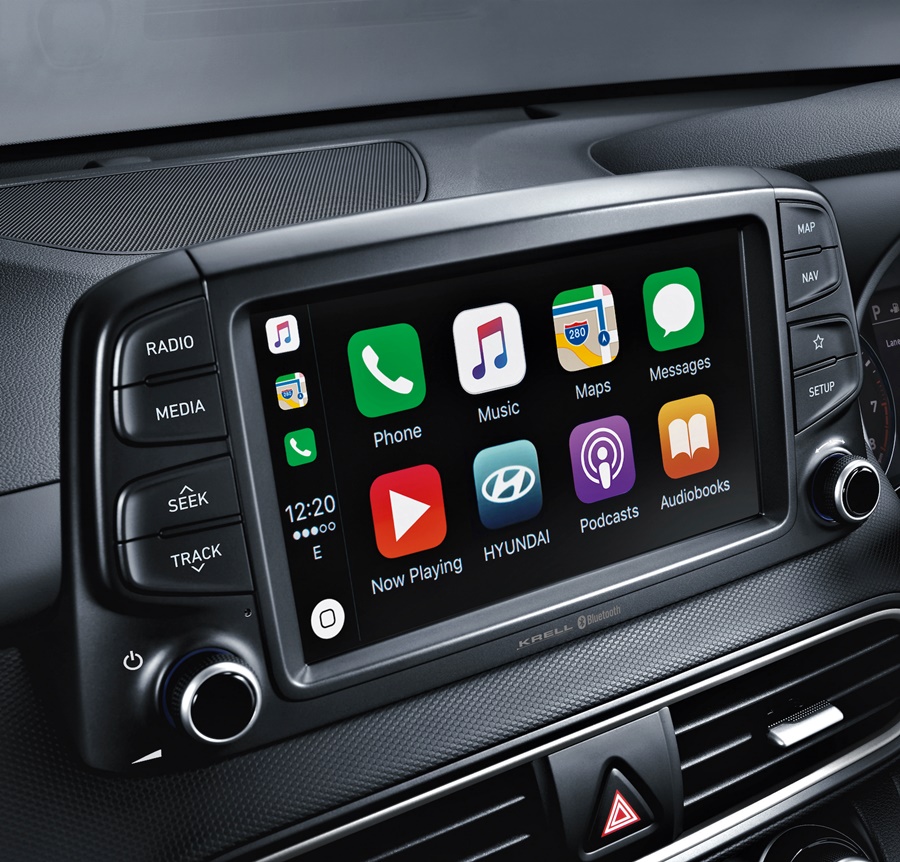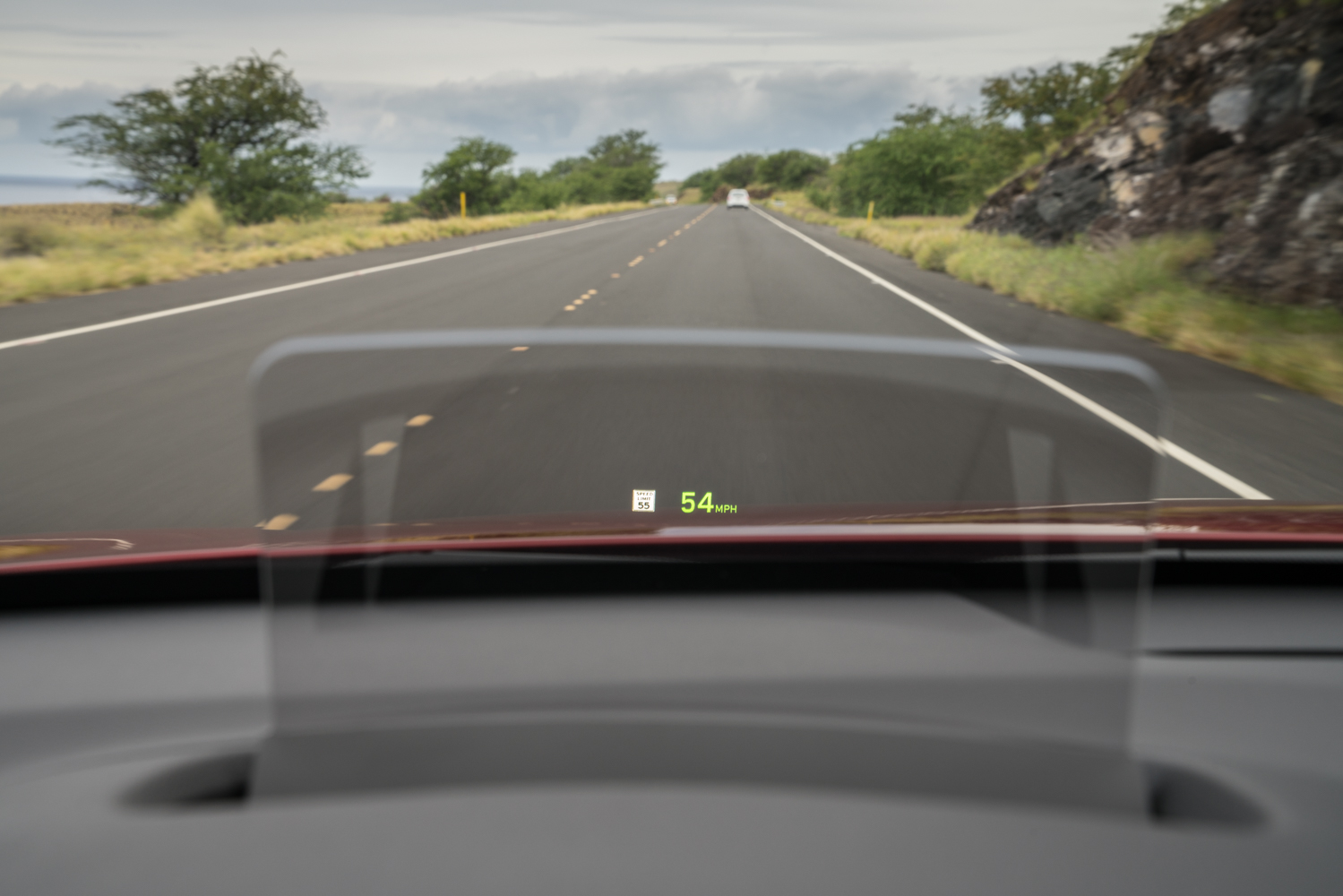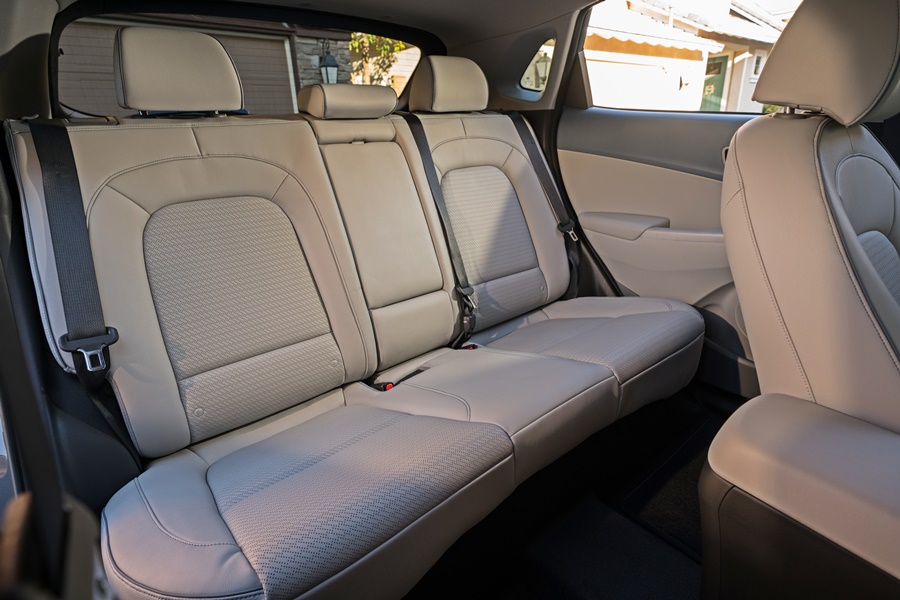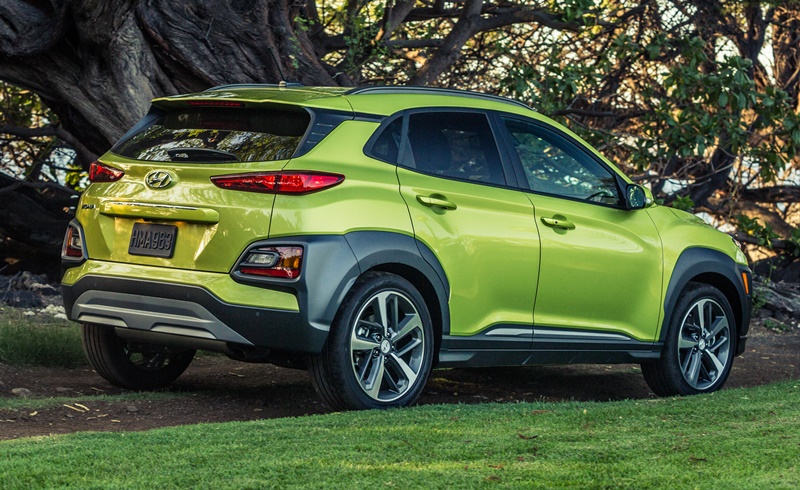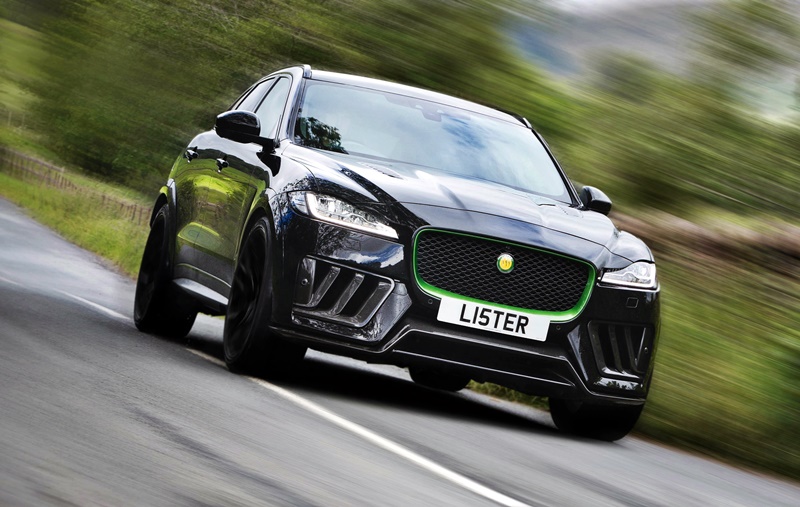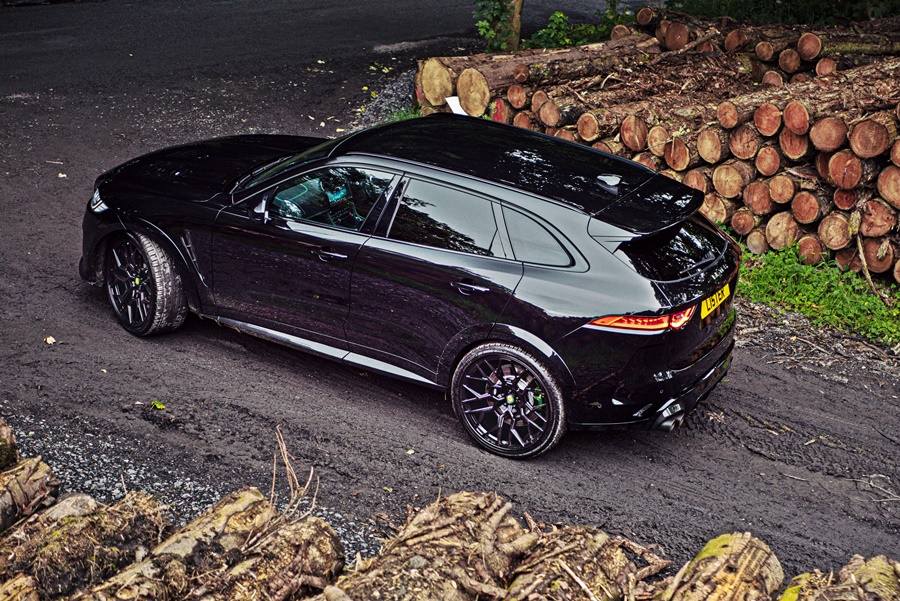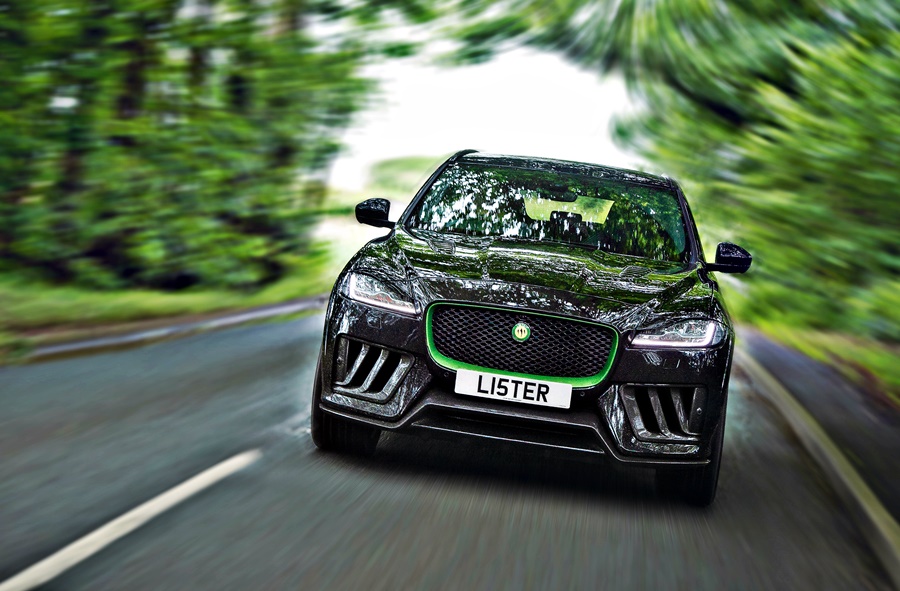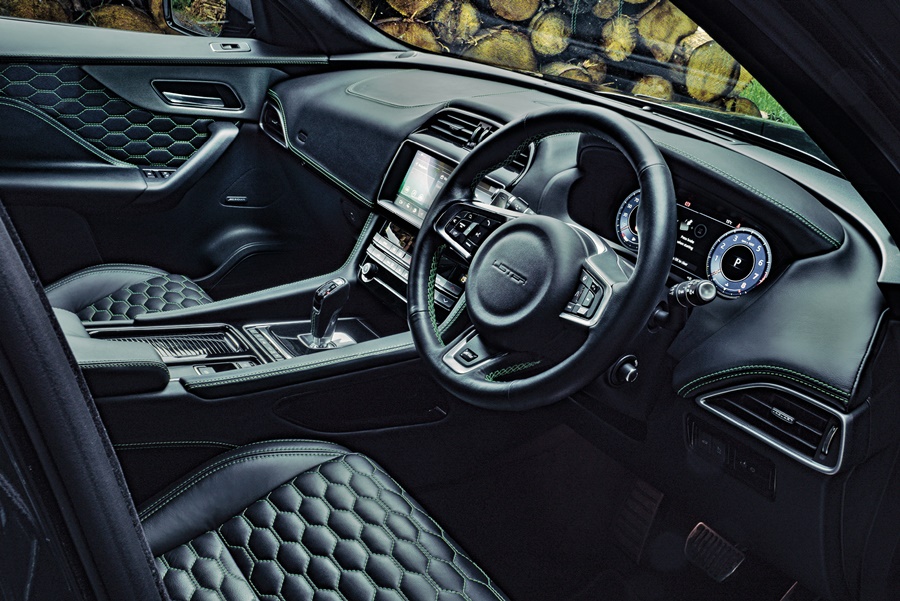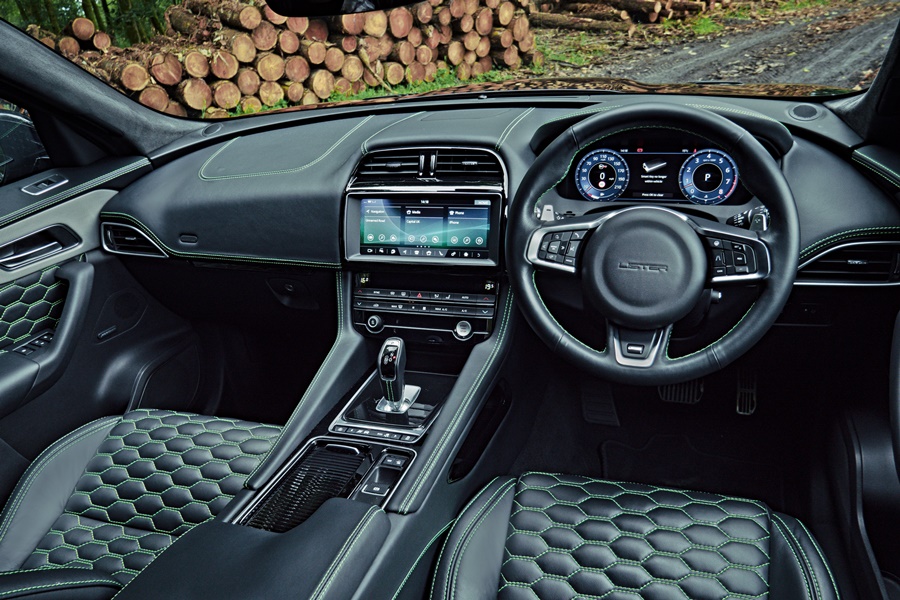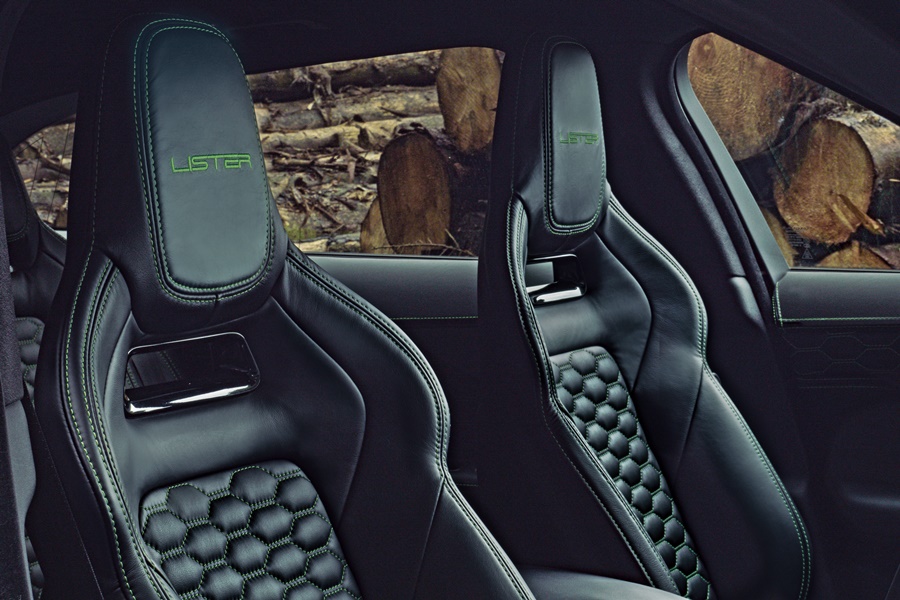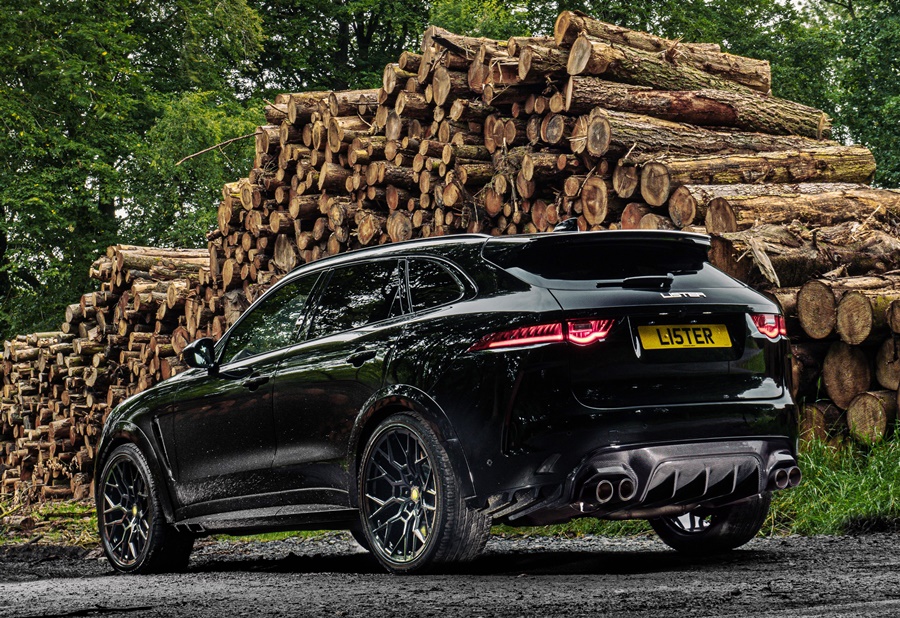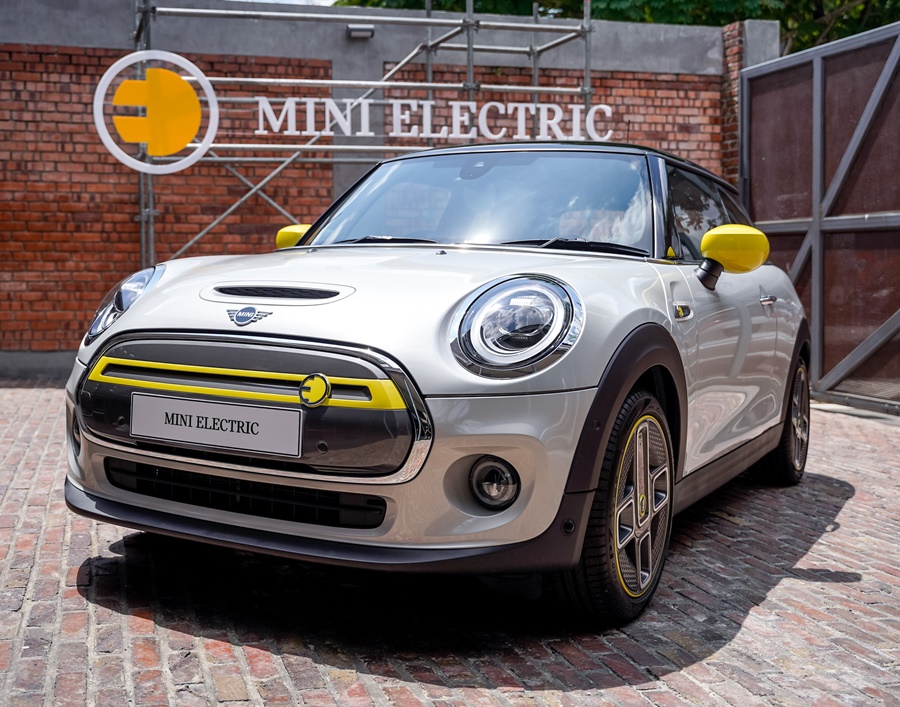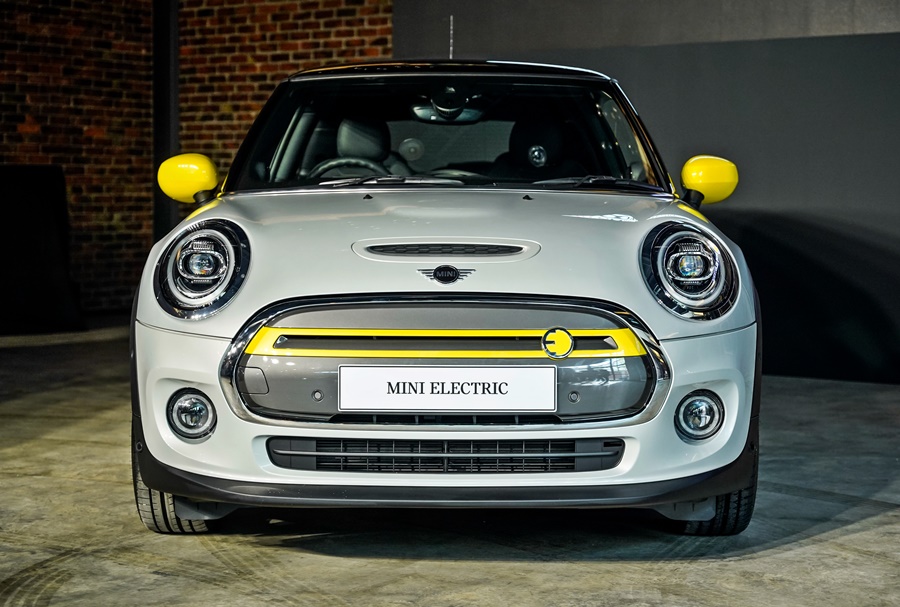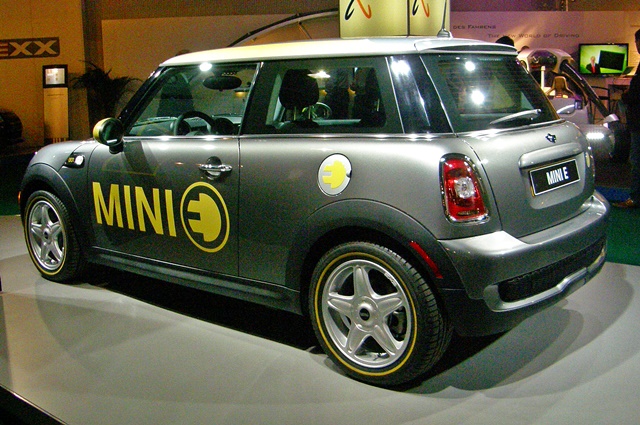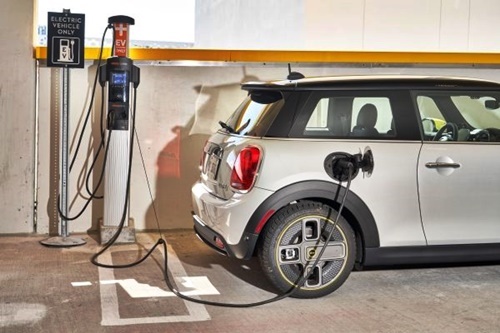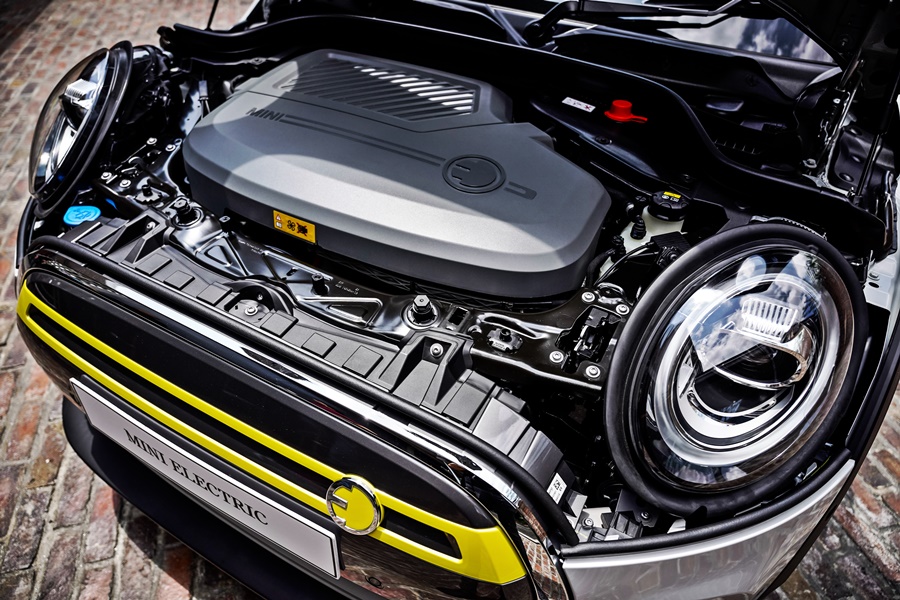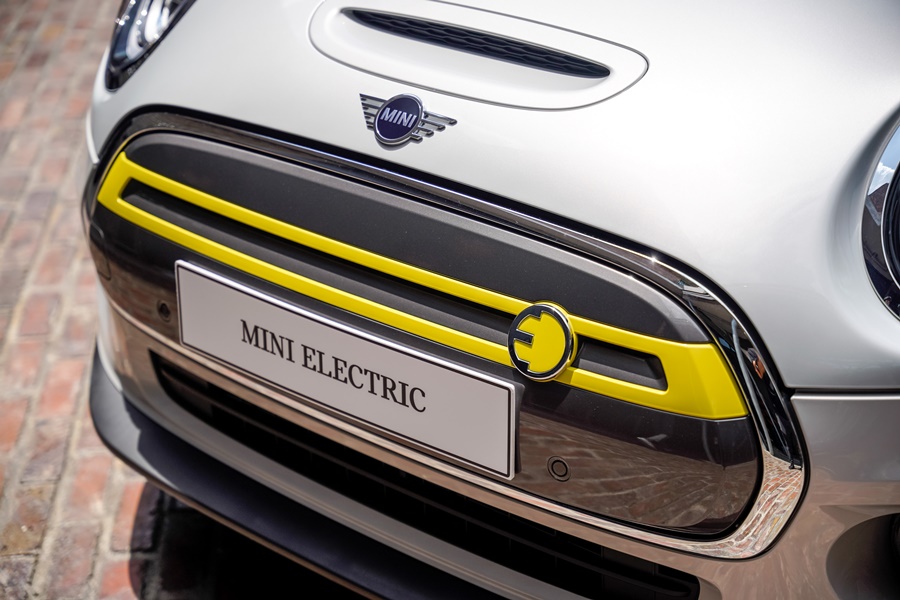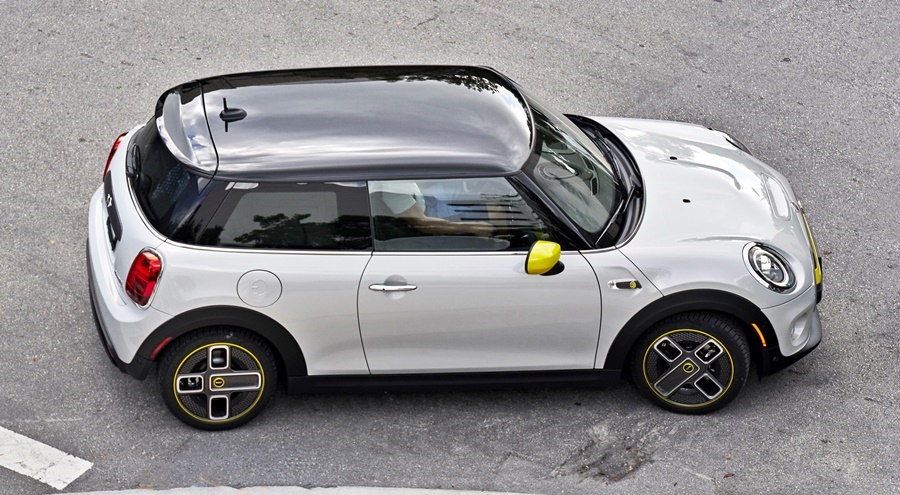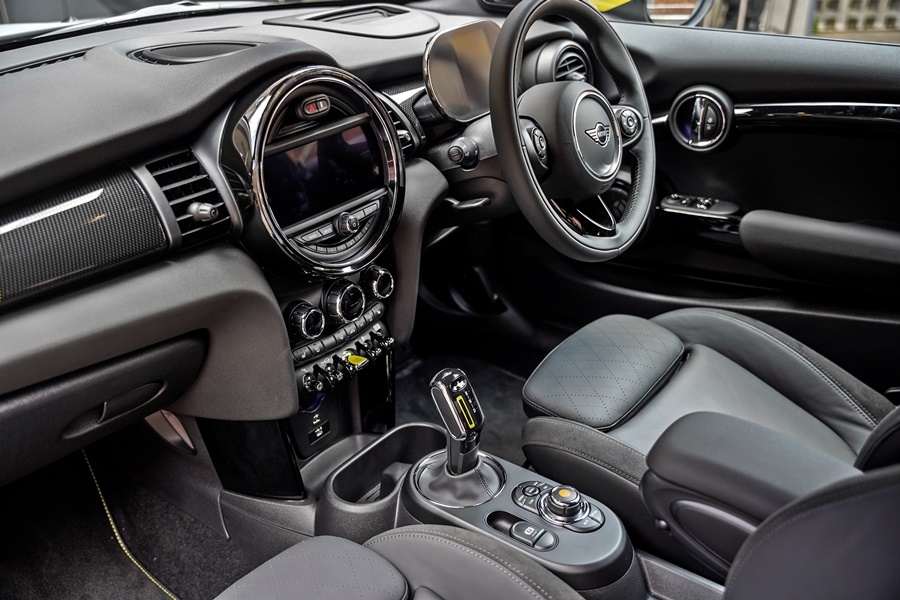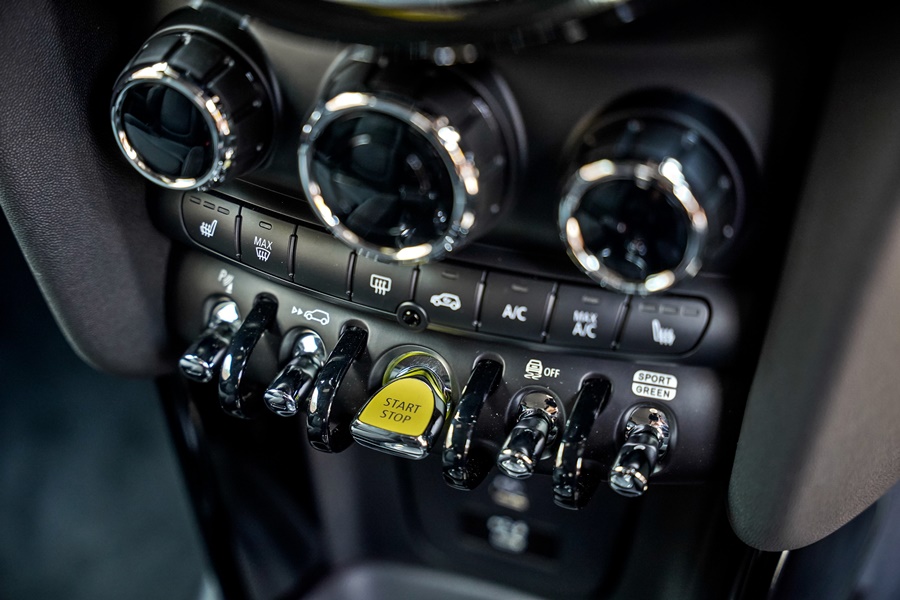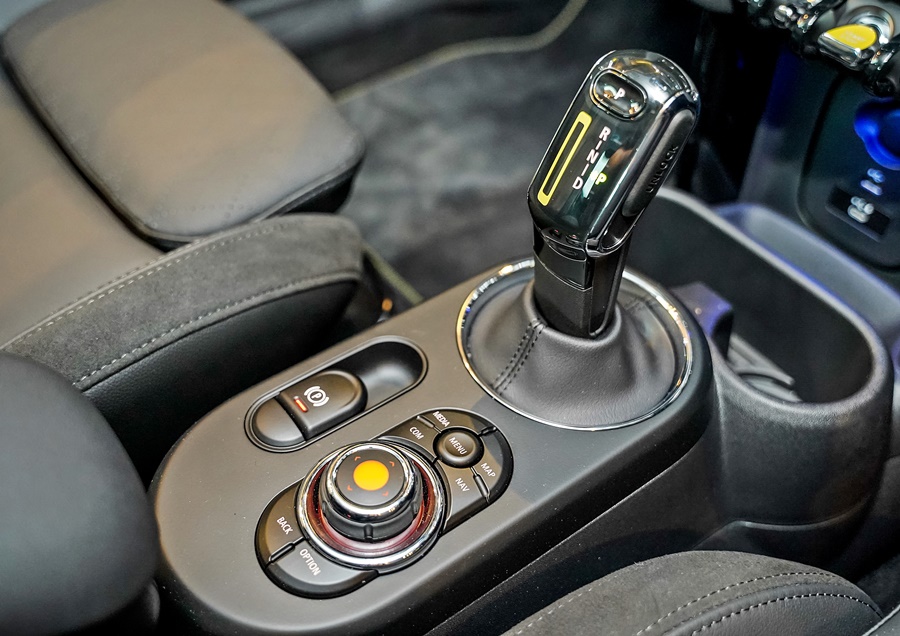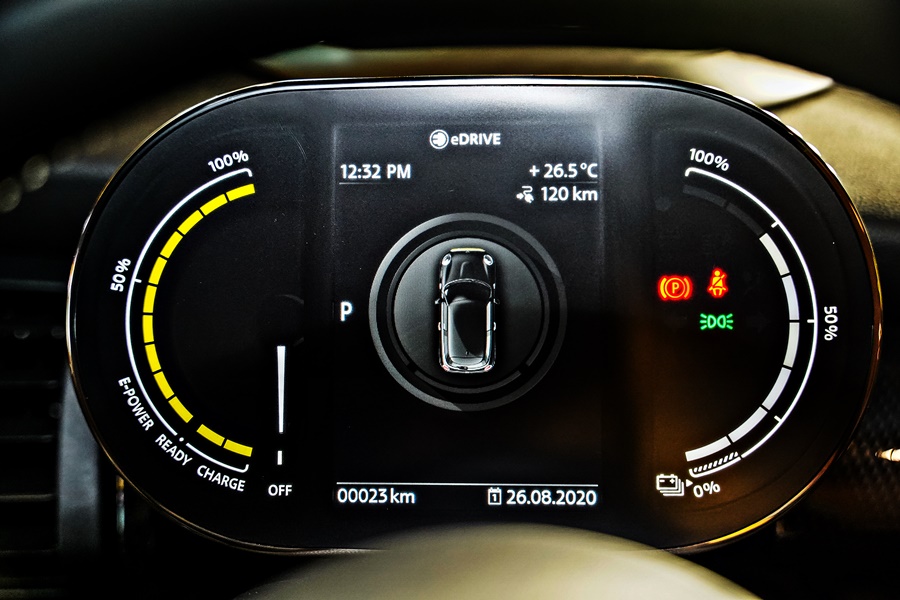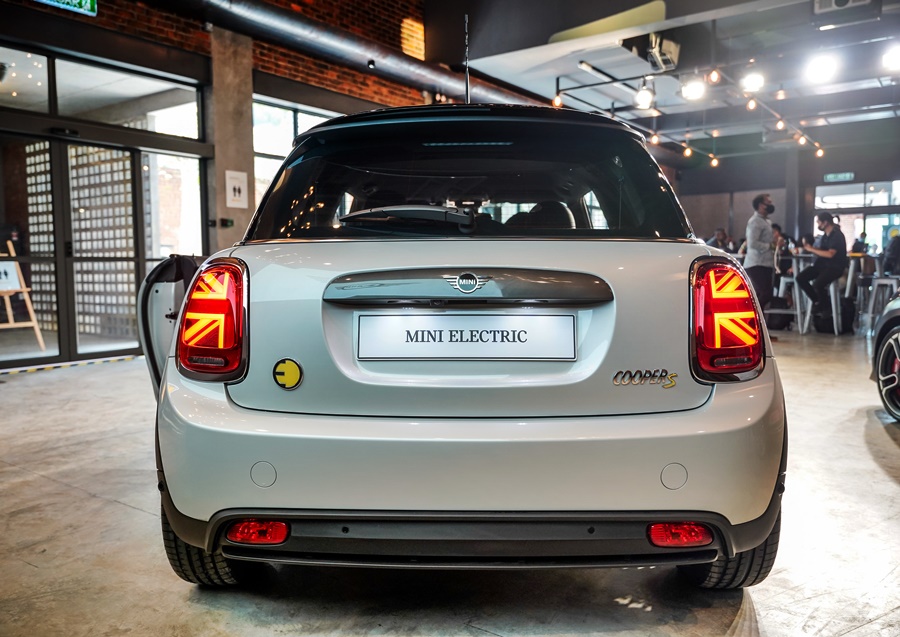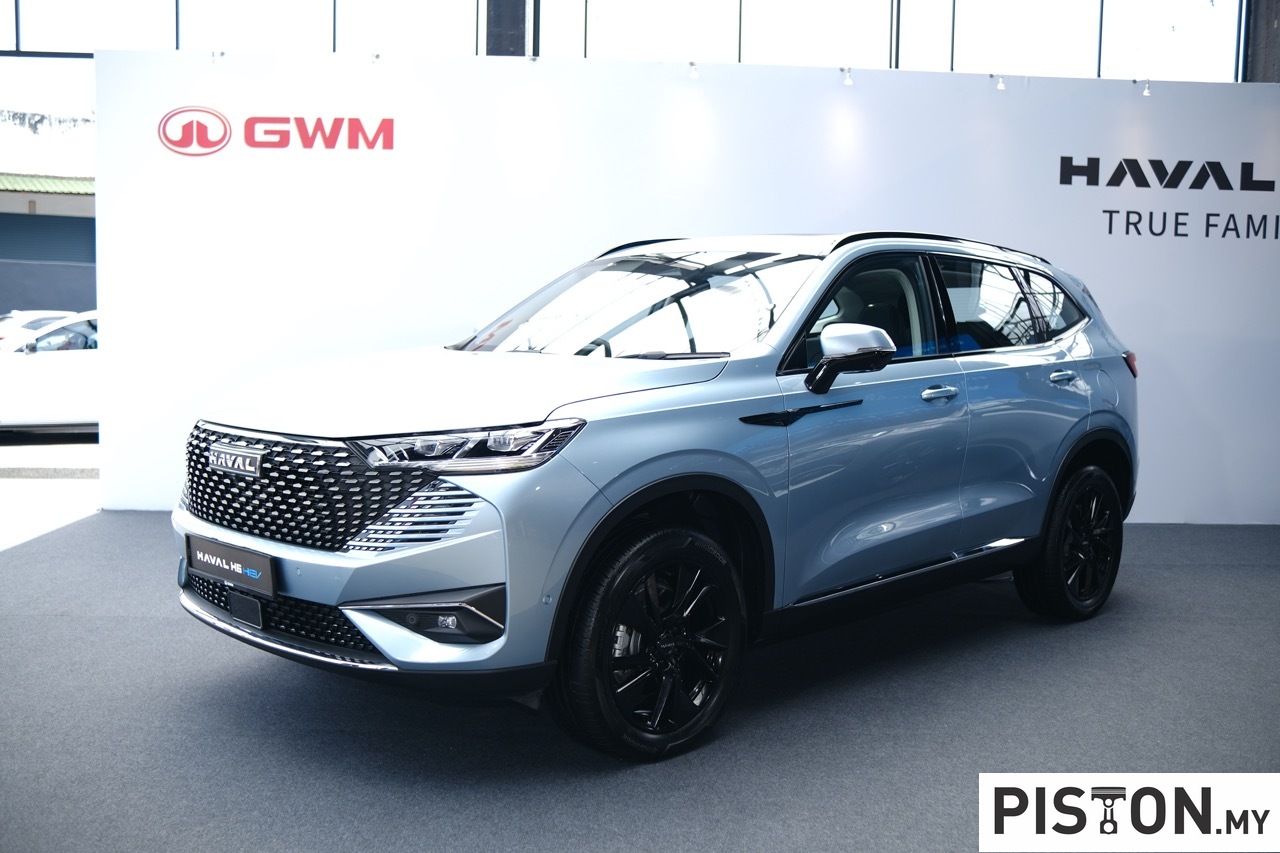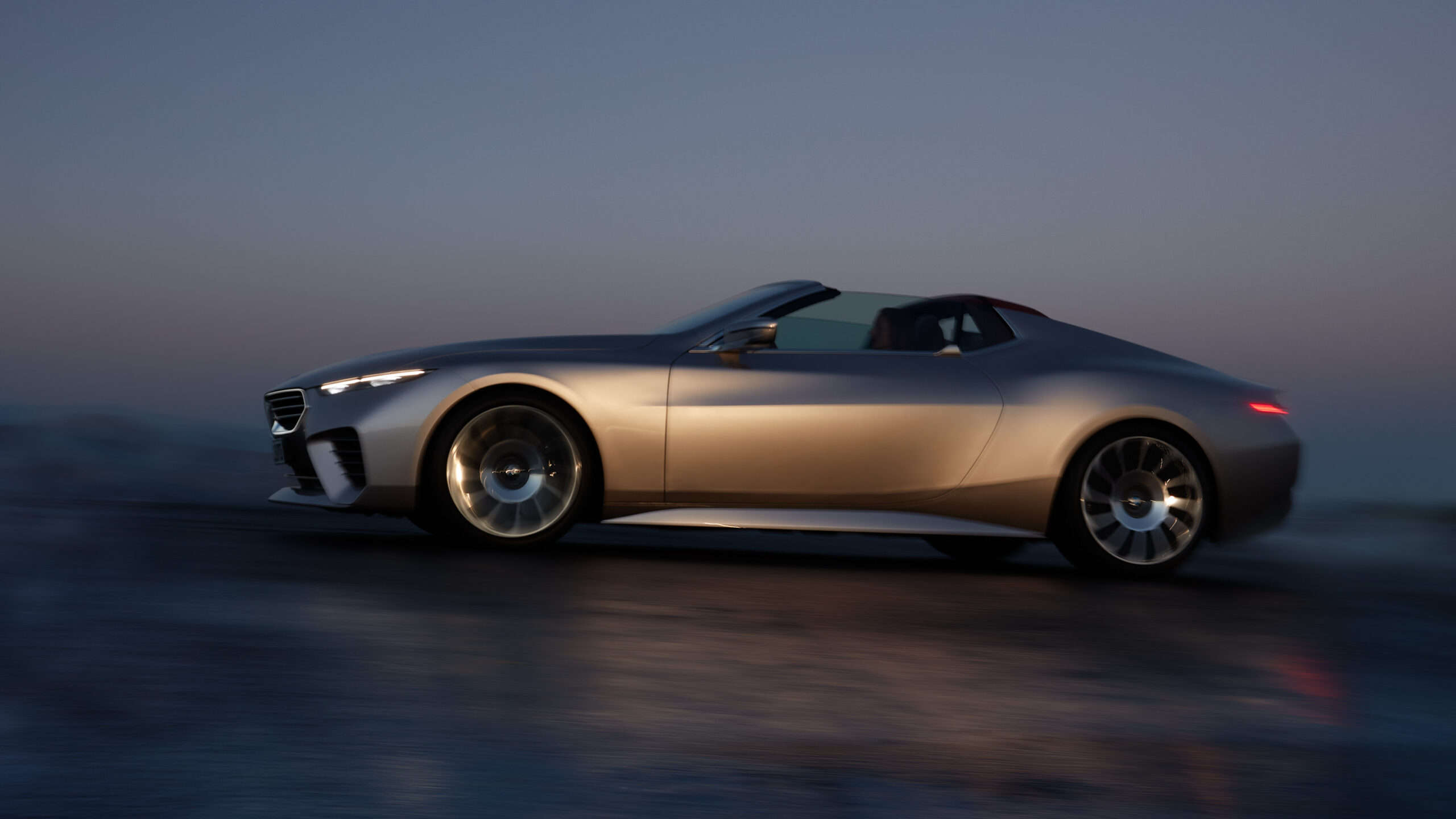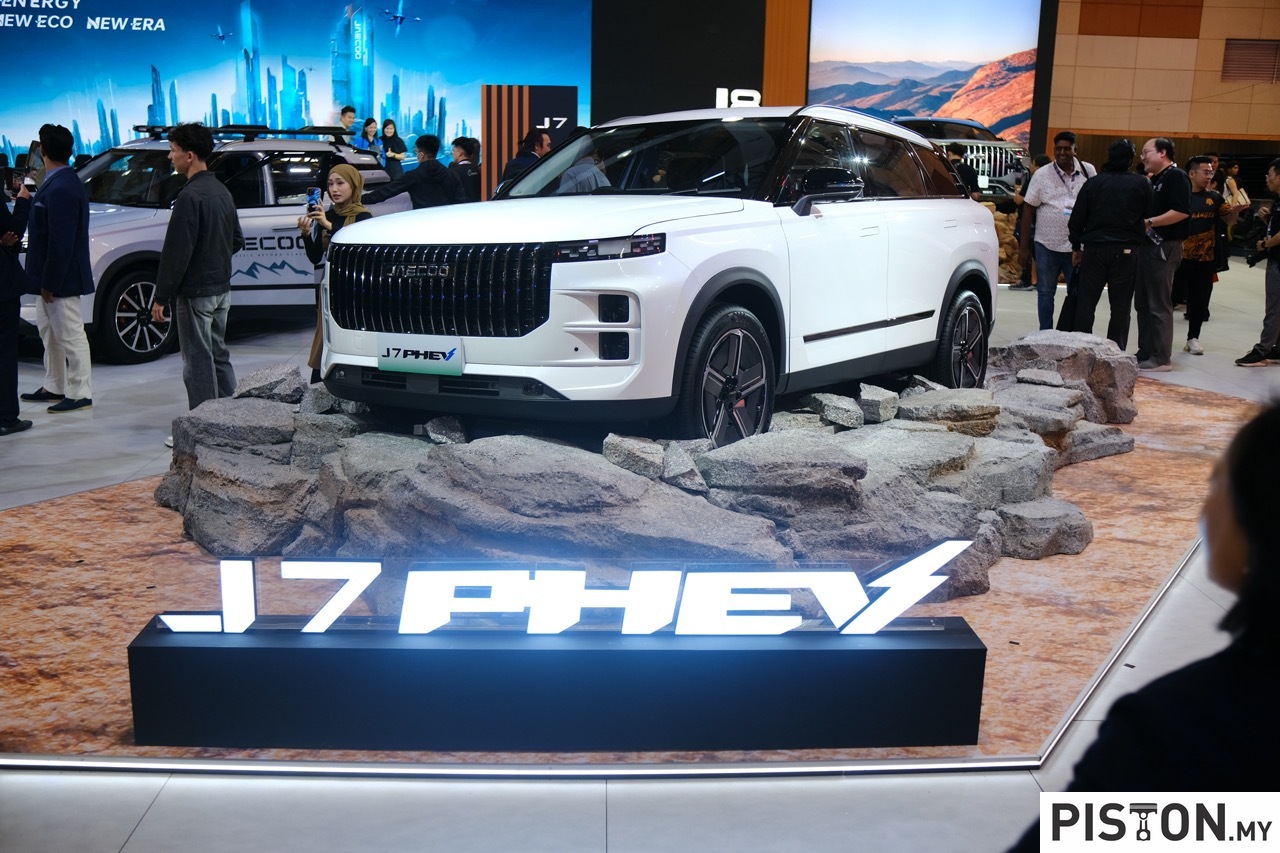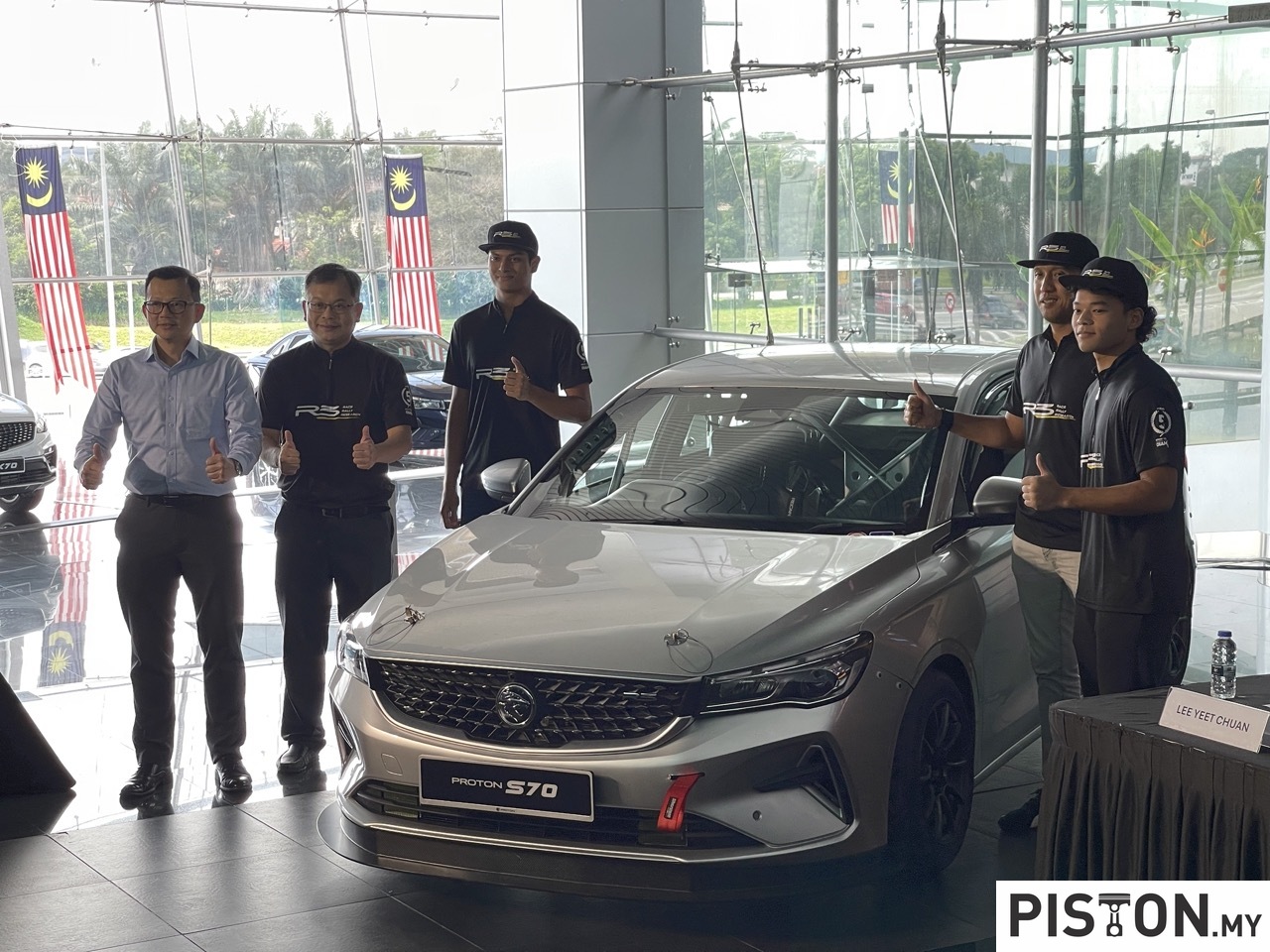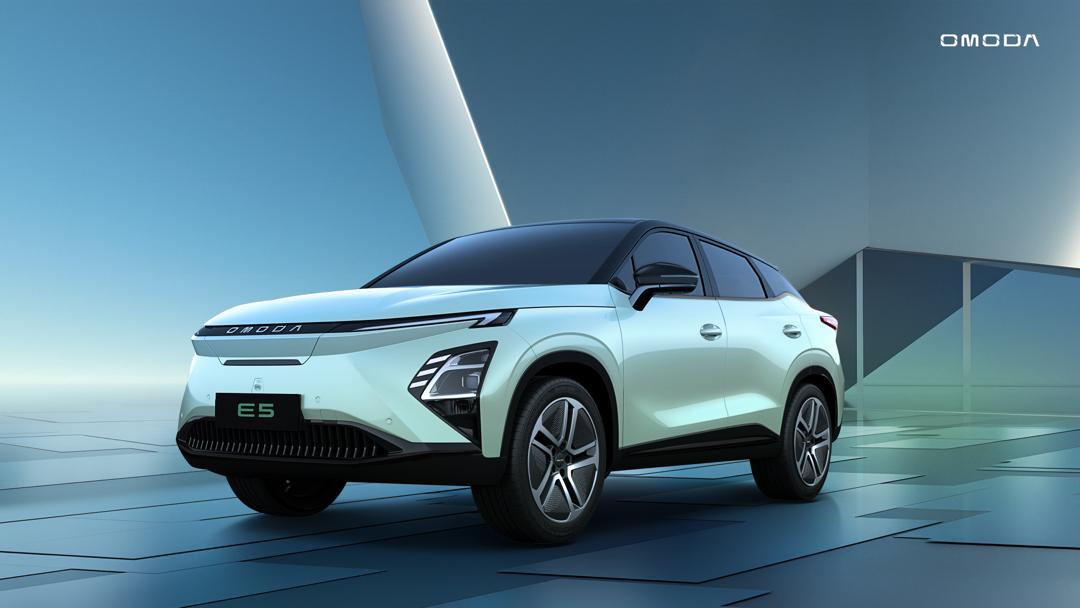Aston Martin’s DB5 is well known as the ‘James Bond car’, having appeared as a gadget-packed sportscar in the movie ‘Goldfinger’ (as well as ‘Skyfall’). Only 1,059 units were produced and sold between 1963 and 1965, so it is a rare model. As part of its Continuation program, the company is currently making 25 units of the ‘Goldfinger’ car, complete with the array of gadgets, priced at the equivalent of RM17.7 million.
While the original DB5 is not readily available and only 25 people will get to own the Goldfinger cars, there is now the DB5 Junior, a two-thirds scale replica that runs on electric power. It is the result of a collaboration between Aston Martin and The Little Car Company and based on Aston Martin’s reference 3D scan of an original DB5 to ensure complete accuracy and authenticity.
Developed over the last 15 months as a collaboration between the two companies, the junior car is priced at £35,000 (about RM195,000). Like all Aston Martin models, customisation of the DB5 Junior is possible in almost the same manner. Only 1,059 units will be available – the same production volume as the original DB5 – on a first-come, first served basis with a refundable deposit required.
The DB5 Junior is around 3 metres long, and 1.1 metres wide. It is designed to easily accommodate an adult and a child side by side. The aluminium honeycomb chassis and composite body provide a very rigid platform whilst keeping the total weight down to around 270 kgs.
Absolute authenticity was key throughout the development of the car. For example, the DB5 Junior sports the same iconic Aston Martin ‘wings’, ‘shield’ and DB5 badges as the original 1963 model. Like its big brother, the dashboard is filled with functional Smiths instruments, which have been cleverly updated for the modern era.
The fuel gauge has been converted into a battery meter, while the oil temperature now monitors the temperature of the electric motor. Finally, the same Smiths clock as seen in the original 1960s car sits proudly in front of the passenger seat.
The perfect two-thirds scale steering wheel has a racing-style quick release to make entry and exit easier for the driver. Power is regulated by billet aluminium accelerator and brake pedals and, as would be expected, there are working headlights, brake lights, indicators and a horn. However, there are no 007 gadgets which is a pity.
In true DB5 style, the car comes in the famous Silver Birch colour as standard, with a full black leather interior and carpet set. There is even a boot at the rear for storage.
Like the real car, the DB5 Junior sits on double wishbone suspension at the front and even the roll centre and camber gain match the original geometry. At the rear, there is a live axle that is of the 1960s period, with authentic upper and lower trailing arm suspension and Panhard rod.
Behind each of the 10-inch wire wheels are ventilated disc brakes. Like modern hybrid and all-electric cars, there is regenerative braking which contributes to recharging of the battery pack.
Powered by a torquey electric powertrain delivering 5 kW (6.7 bhp) to the rear wheels, the DB5 Junior can zip to a maximum speed of almost 50 km/h. The removable battery pack under the bonnet is said to provide 16 to 32 kms driving range, depending on how the car is driven. A second battery can be added for extra range and replacement of each pack is easily done in seconds.
For safety, there are three modes to suit the skill of the driver, with the power output reduced to 1 kW (1.3 bhp) for less experienced drivers. Besides a maximum speed of around 20 km/h, this mode has a remote kill switch which will disable the car if it is further than 30 metres. The Expert mode generates maximum output available and for the ultimate driving experience, a rally-style hydraulic handbrake is included.
DB5 Vantage Junior
There is also the DB5 Vantage Junior available in the UK for £45,000 (around RM250,000) which has a powerful 10 kW (13.4 bhp) electric motor. This output is delivered to the wheels through a Limited-Slip Differential. Performance is further enhanced by the lightweight carbonfibre body and a second battery pack, doubling the range to between 32 and 64 kms.
First ‘Goldfinger’ Aston Martin completed, priced at RM17.7 million (w/VIDEO)






